Arriving in Holbrook, AZ, for a week, we headed out to visit Petrified Forest National Park the first day. This is another place that has been on our list for years.
There are two Visitor Centers in the park (Rainbow Forest and Painted Desert). Today, we went to the Rainbow Forest Museum & Visitor Center in the southern part of the park.
Built by the CCC in the 1930s, the Museum has exhibits about the fascinating geologic history of the park. When the landmass on earth was one continent (Pangea) 225M years ago, this region was a tropical landscape located near the equator. Fossils (both plant and animal) from the Late Triassic Period have been discovered in many parts of the park. Crocodile-like reptiles ruled the land while small dinosaurs were still evolving into larger ones.
Hanging from the ceiling is a skeleton of a Phytosaurs, the most commonly found vertebrate fossil found in the park. The reptile was 17’ in length (including 4’ skull) and weighed about 2,100 pounds.
The paleontological exhibits were awesome. I did not know about this aspect of the park prior to our visit to the museum. Below is a Dicynodont Therapsid, a reptile with many mammalian characteristics. They were about 9’ in length; had a beak-like jaw and tusks; and, weighed 2 tons.
On the left is a Rauisuchids, a land-based reptile that was 20’ in length. The Aetosaurs (right) was an omnivorous reptile that was up to 18’.
But the real question on my mind is, what about all of this petrified wood? How does a plant turn to stone? Why is it here? First things first, a log is petrified when all of its original plant material is replaced by minerals. Basically:
- When trees died (or were knocked over) in the tropical forest millions of years ago, many were carried downstream
- Where they were buried in many layers of sediment;
- Logs soaked up groundwater with silica from volcanic ash
- Causing them to crystallize into quartz;
- Erosion from wind and water over millions of years have uncovered the many petrified logs here.
We picked up a trail guide for the .4-mile Giant Logs Trail located behind the visitor center. Below is Old Faithful, a giant log measuring 10’ at the base, 35’ in length, and weighing 44 tons!
Trace fossils can be seen in the petrified log below. The vertical burrows were left by ancient insects.
Different minerals create the wide variety of colors seen in the petrified logs. And many logs appear to be “cut” into sections, but it is caused by the continuing forces of erosion.
A view of badlands in the distance can be seen from the Giant Logs Trail. Badlands are an area of soft rock that is cut and eroded into many gullies and irregular shapes where vegetation cannot grow. More petrified logs are strewn across the landscape.
We hopped in the car and drove to Crystal Forest where there is a .75-mile loop trail. Glimmering quartz crystals can be seen in the petrified logs here.
The diverse colors of the stone are gorgeous.
This is one of the very few National Parks that allows leashed dogs on the trails, which was great or our girl, Sadie. It was very windy in the Crystal Forest!
Jasper Forest was the first petrified wood site available to railroad travelers in the early 1900s. There are no defined trails here, but visitors may explore the area (and bring plenty of water!) All of those darker colored dots in the photo below are pieces of petrified wood.
Across from Jasper Forest is Agate Bridge, a 110’ petrified log that spans a gully. In 1917 a concrete supportive span was laid to help preserve the petrified log. Eventually, the water that flows under the gully will cause them to both collapse.
The historic agate bridge contact station was built of native sandstone (1934) in the Pueblo architecture of the era and was used as a sun shelter. It has restored to its previous appearance. Also shown is a view of the desert from beyond the bridge.
Blue Mesa is a treasure trove of Late Triassic Epoch fossils. The badlands show the various layers of rock and colors in this area that was once a huge stream bed through a tropical forest. Petrified logs can be seen on top of ridges. Over time, they further erode and tumble to the desert below.
As we explored the sandstone bluffs to take in the amazing views of the badlands, we came upon this profile in rock. Doesn’t it look like LBJ (President Johnson)?
Over 1,000 archeological sites have been found in the park ranging from one-room shelters to multiple 100-room pueblos. The ancient pottery, arrowheads, and petroglyphs provide evidence of 13,000 years of human history here. In 1906 this area was established as a National Monument by President Theodore Roosevelt because of historic significant of the sites as well as the abundance of petrified logs found here. It became a national park in 1962.
Over 600 petroglyphs (some 2,000) can be viewed from an overlook. Known as Newspaper Rock (although we have seen several other large groupings of petroglyphs called the same thing in NM and UT), it’s always a treat to see these ancient images.
Puerco Pueblo is a partially excavated 100+ room pueblo that is easily accessed via an .3 mile loop trail. The village was occupied from 1250-1380 and was built of shaped sandstone rocks. The nearby Rio Puerco (river) provided transportation and trade opportunities to the community.
More petroglyphs can be found here including one used as a solar calendar to mark the summer solstice. When the sun shone through a crack in two rocks, it would point to the image on the lower right. These calendars determined the timeframe to plant and harvest crops. How cool is that?
A natural corridor used for 10,000 years, Route 66 was established in 1926. A 1932 Studebaker now sits where Route 66 once cut through the park.
We were so impressed with this barren, and yet beautiful, landscape. I have always been fascinated with petrified wood and we have seen it elsewhere, but never this much in a natural setting. It is so worth a visit!
We will be returning to visit the Painted Desert area and hike the Blue Mesa trail in the next few days. For additional information about Petrified Forest National Park, go to www.nps.gov/pefo.
We will be returning to visit the Painted Desert area and hike the Blue Mesa trail in the next few days. For additional information about Petrified Forest National Park, go to www.nps.gov/pefo.
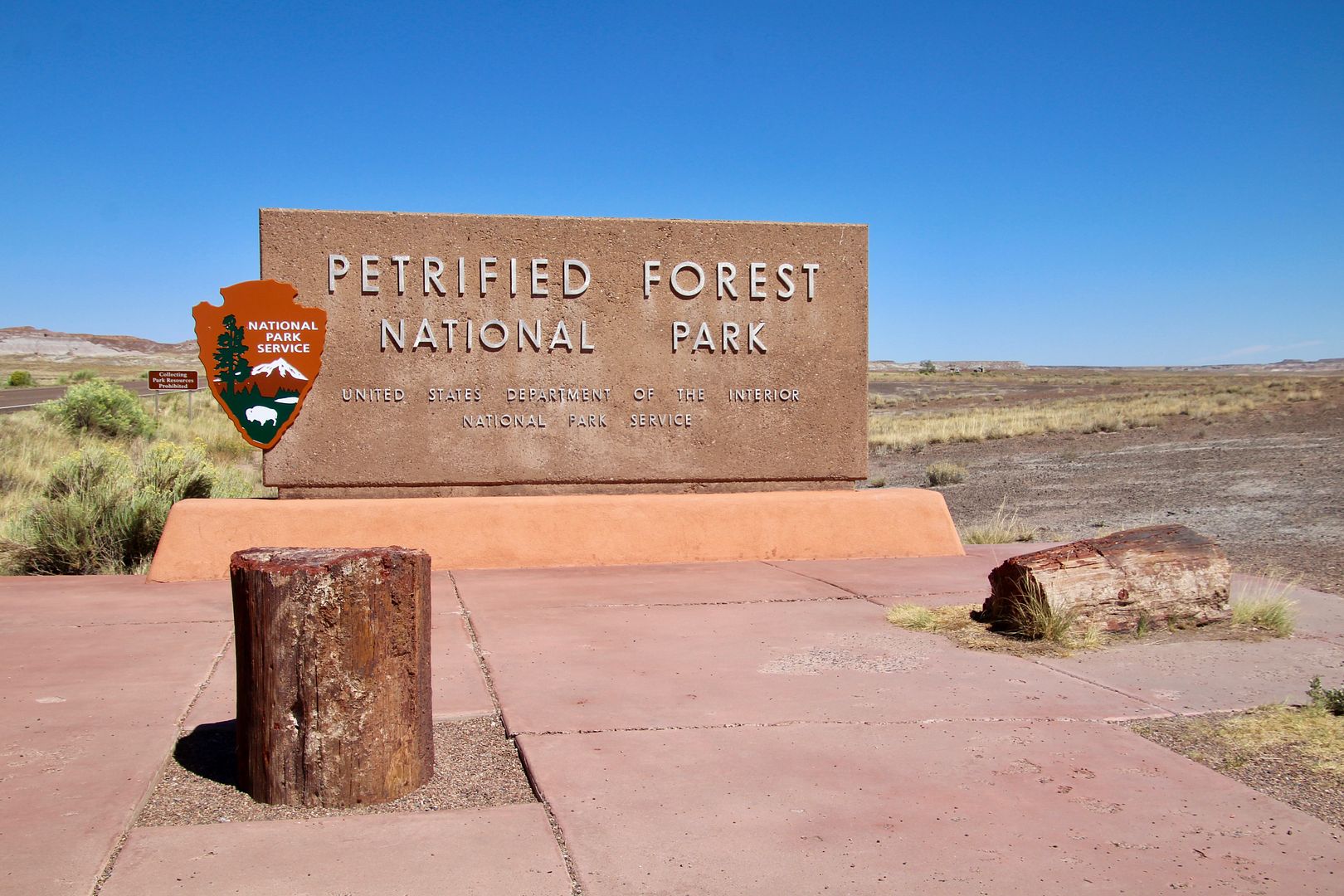
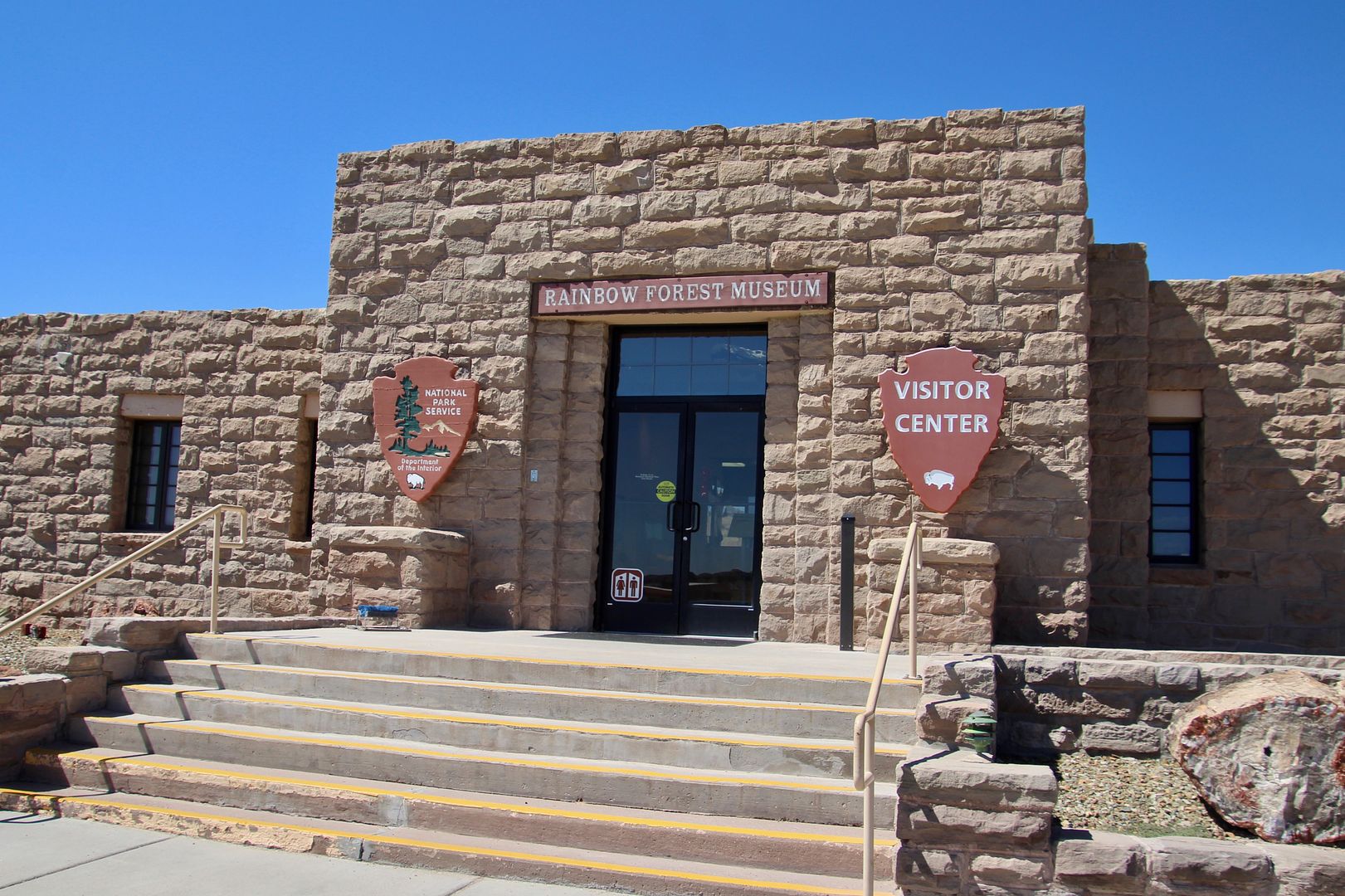
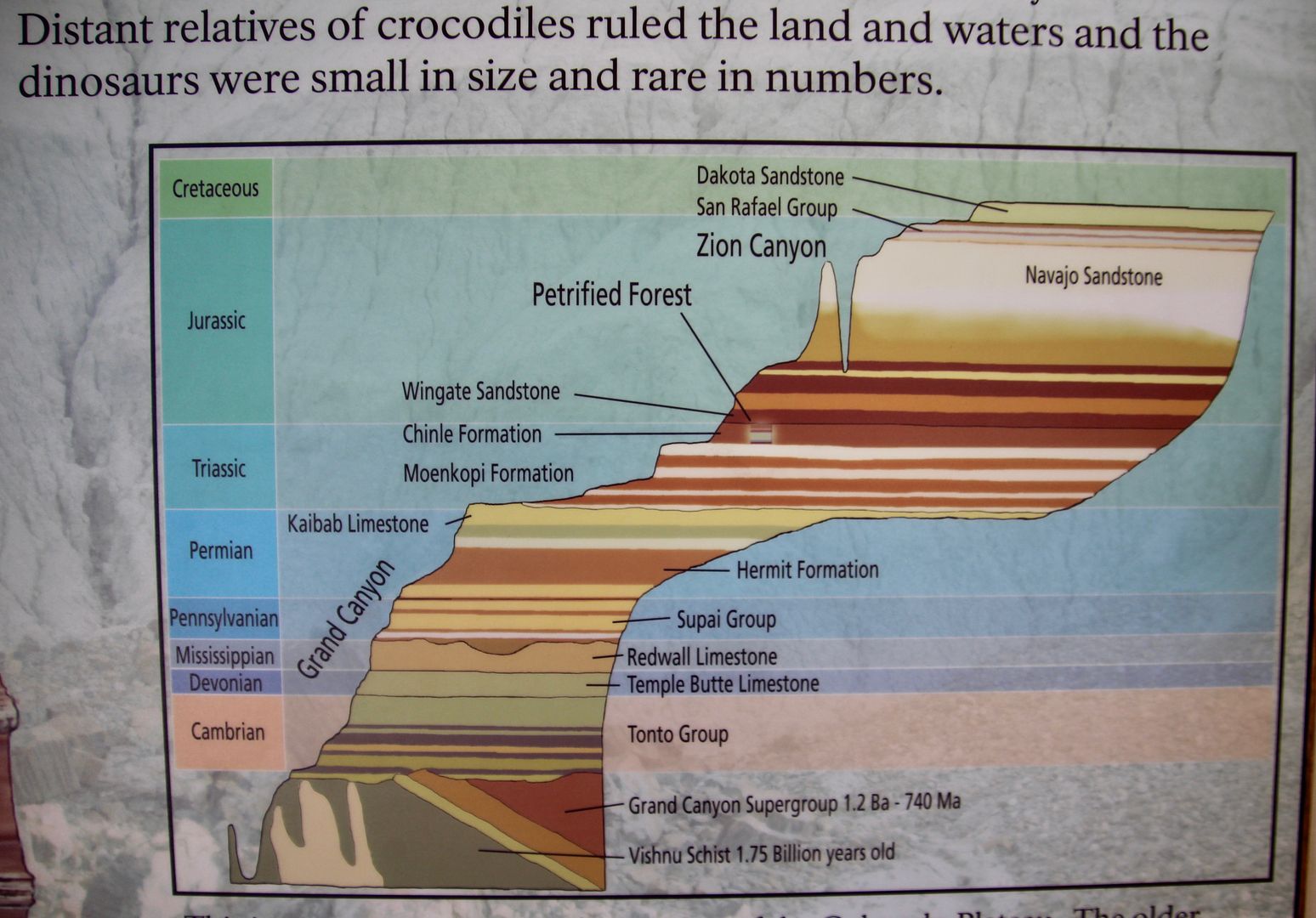
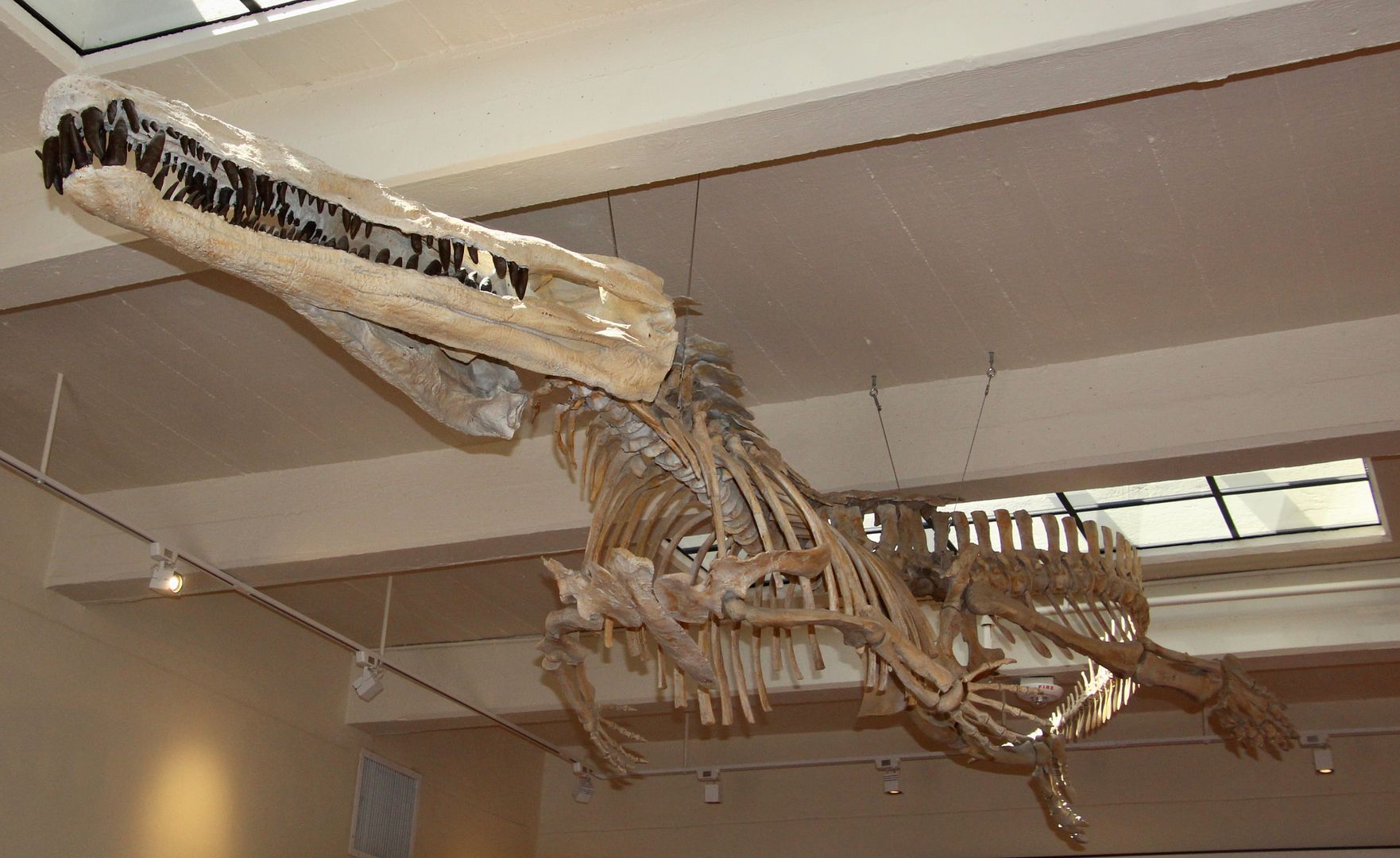
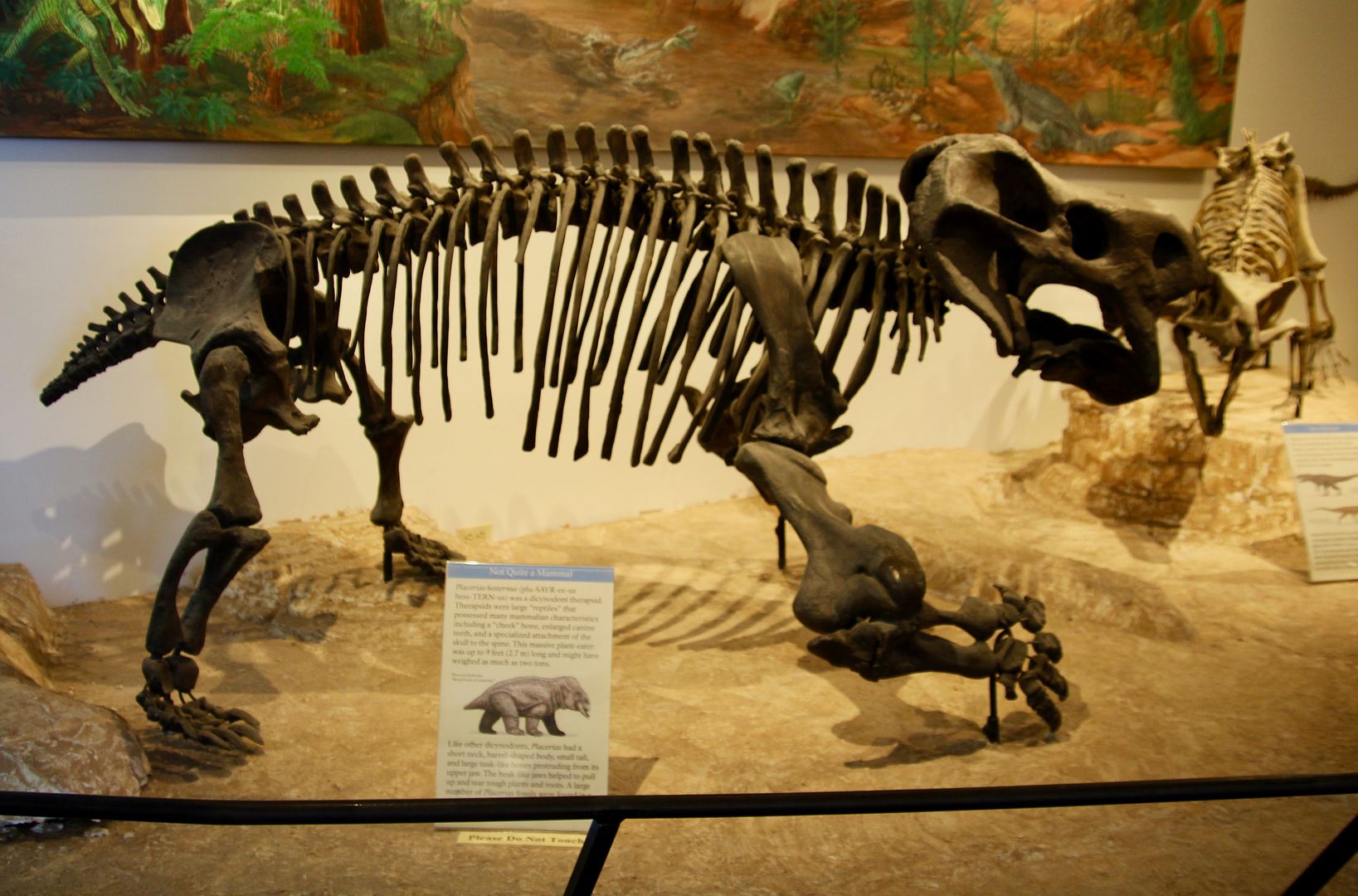
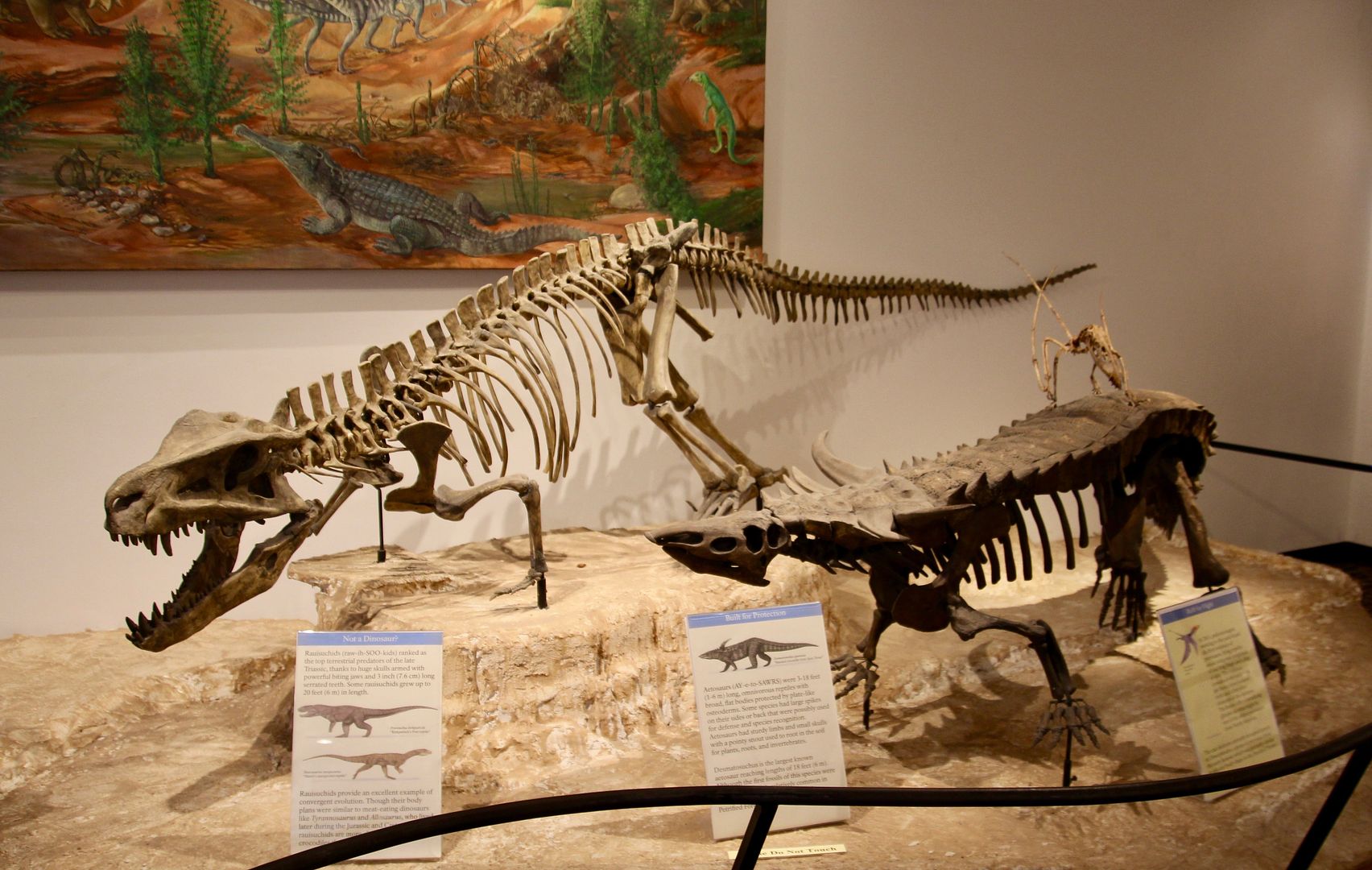
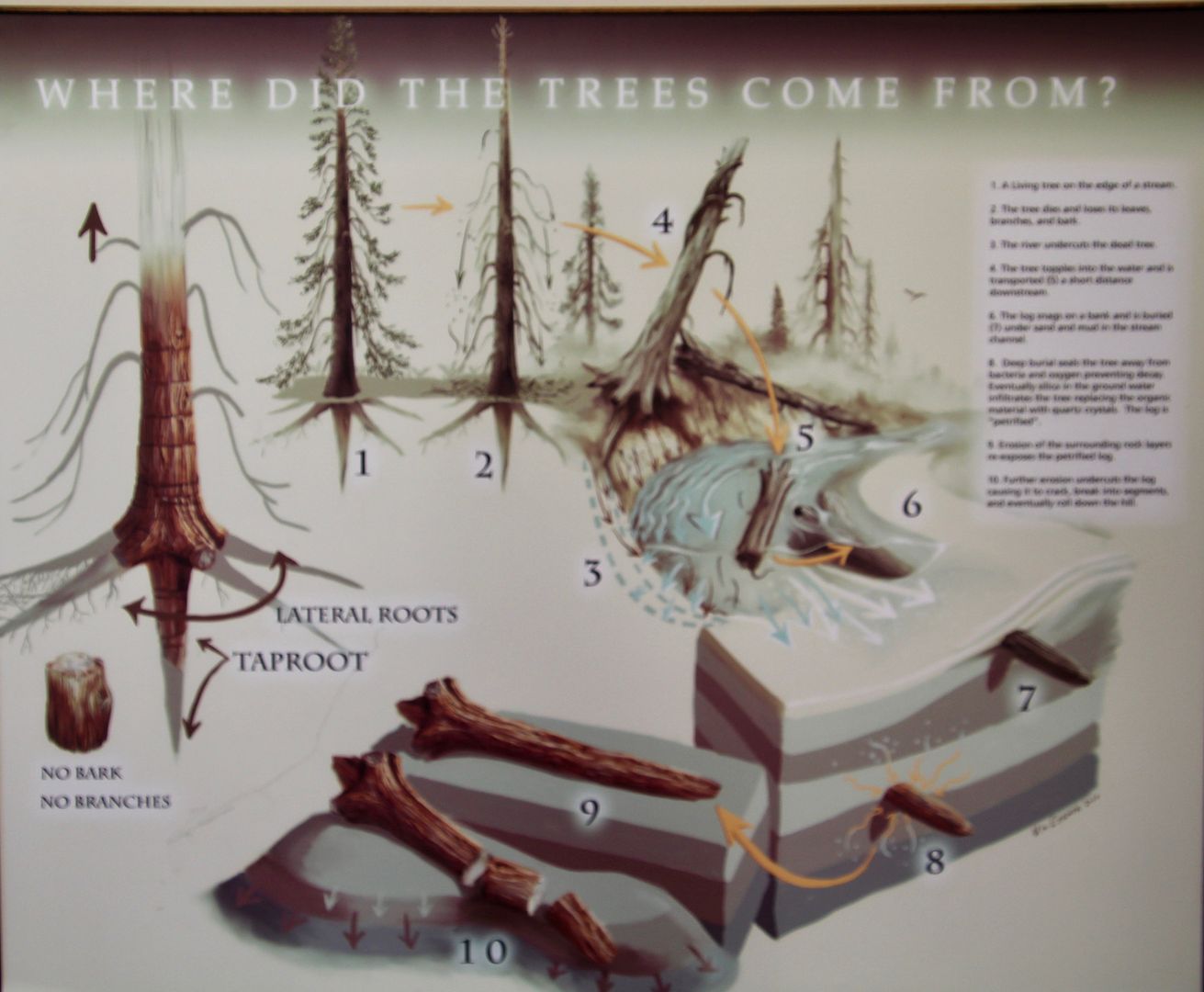

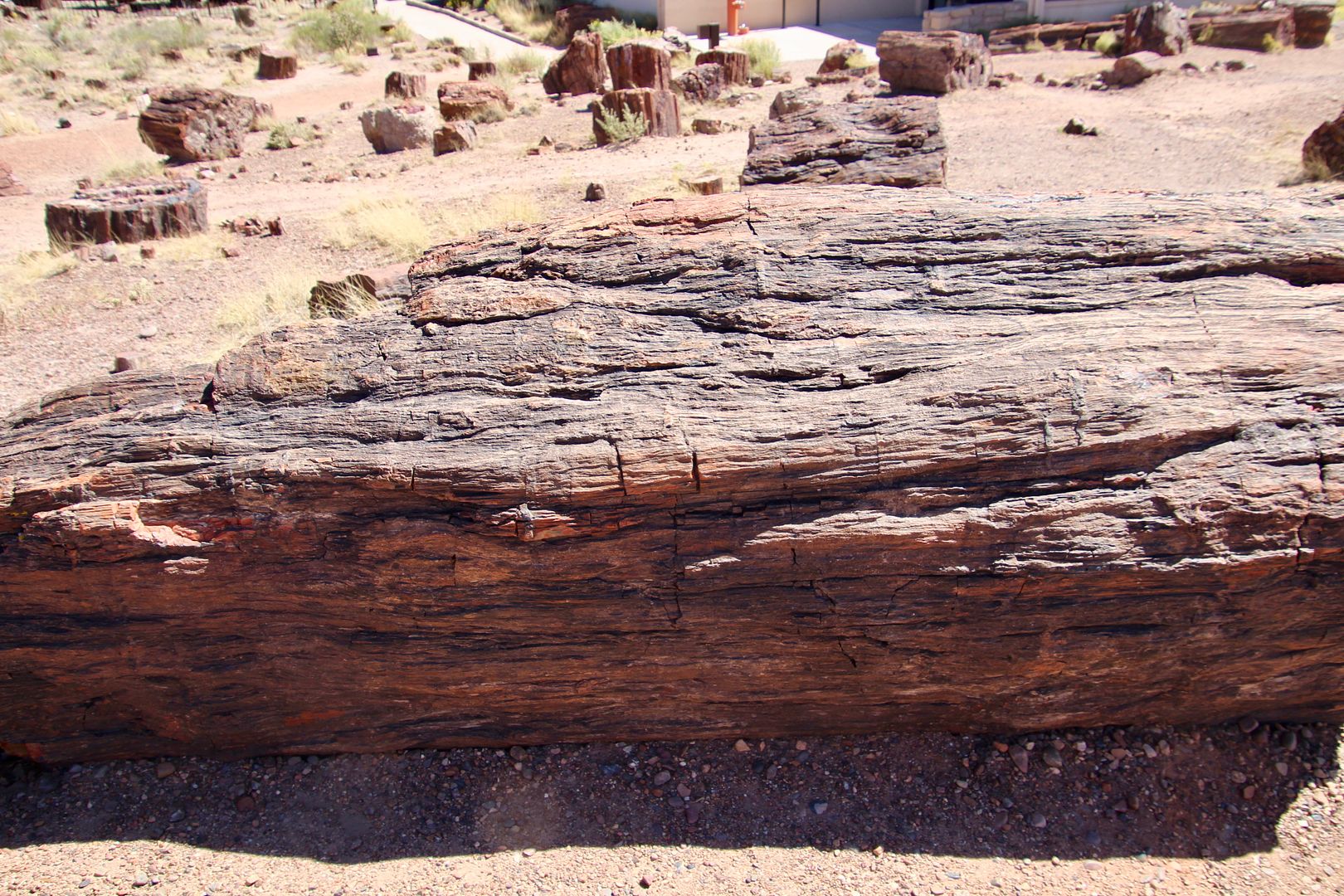
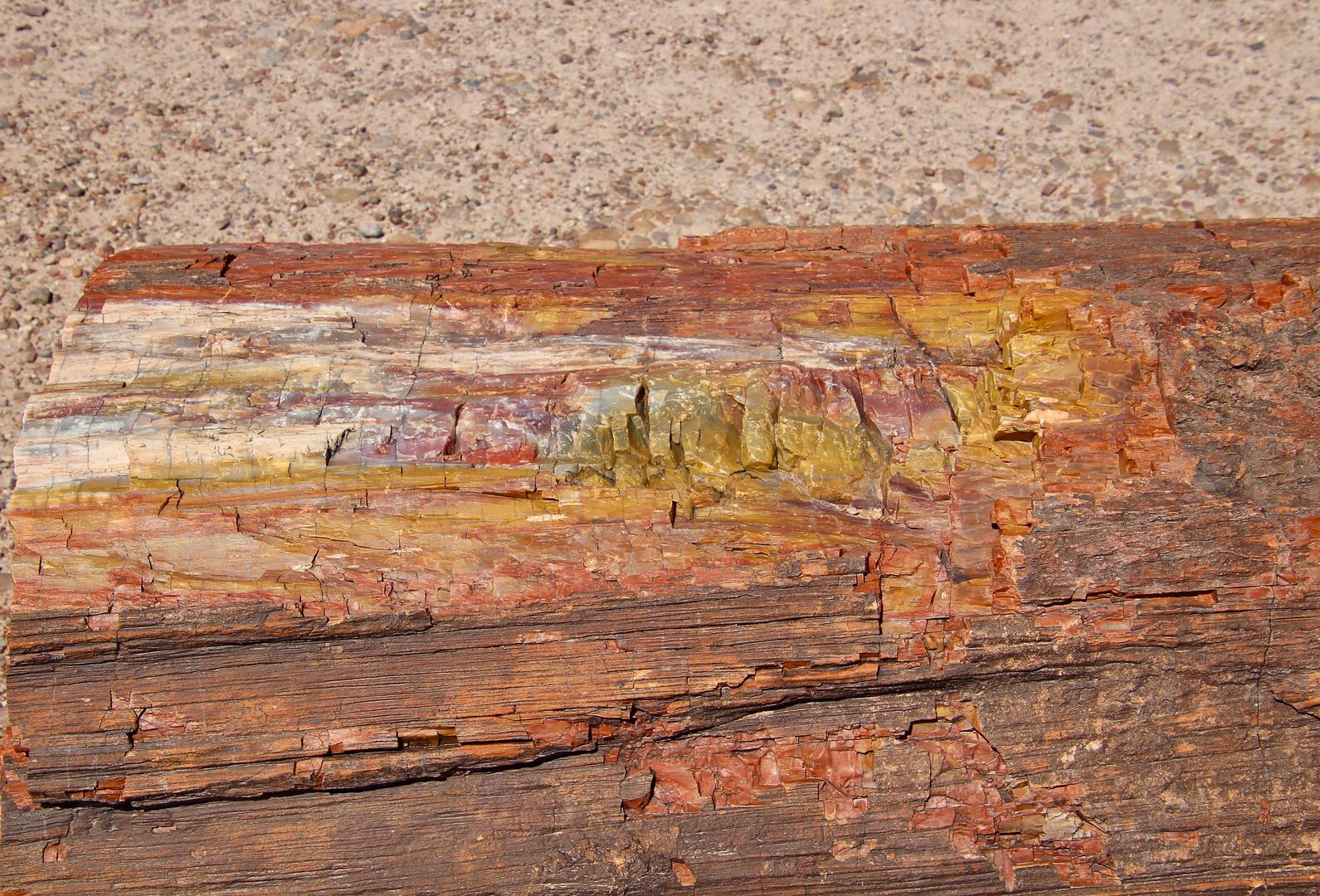
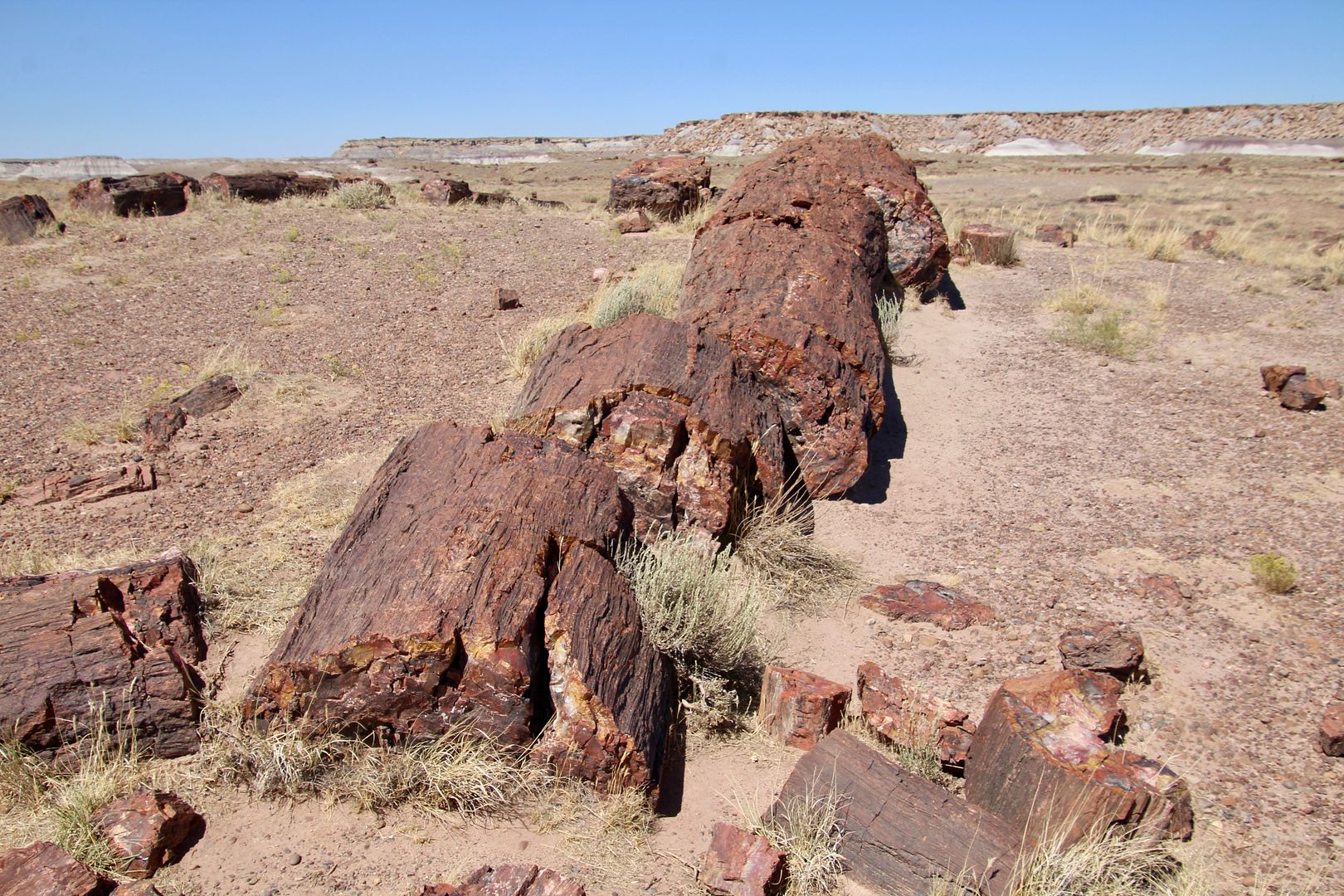
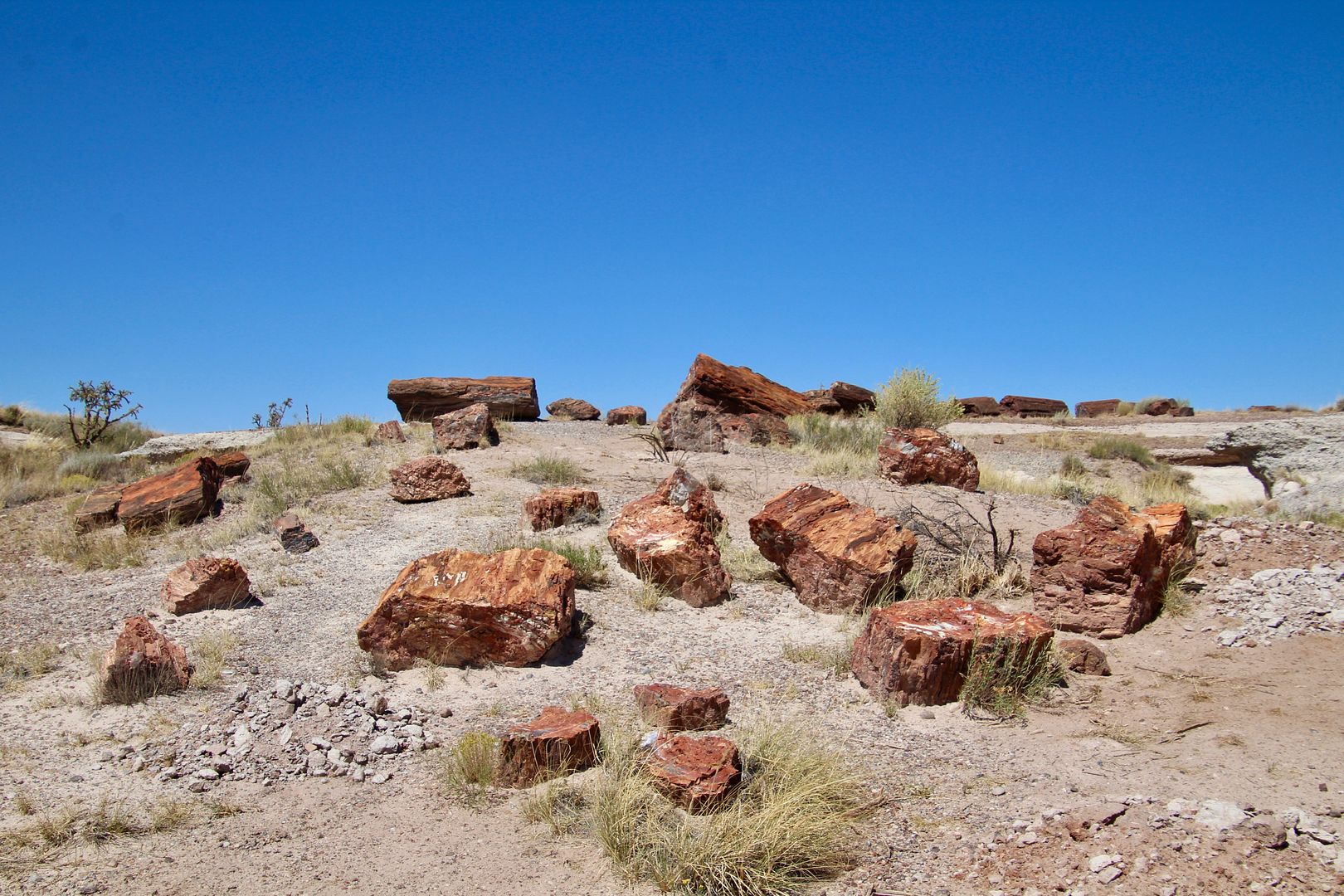
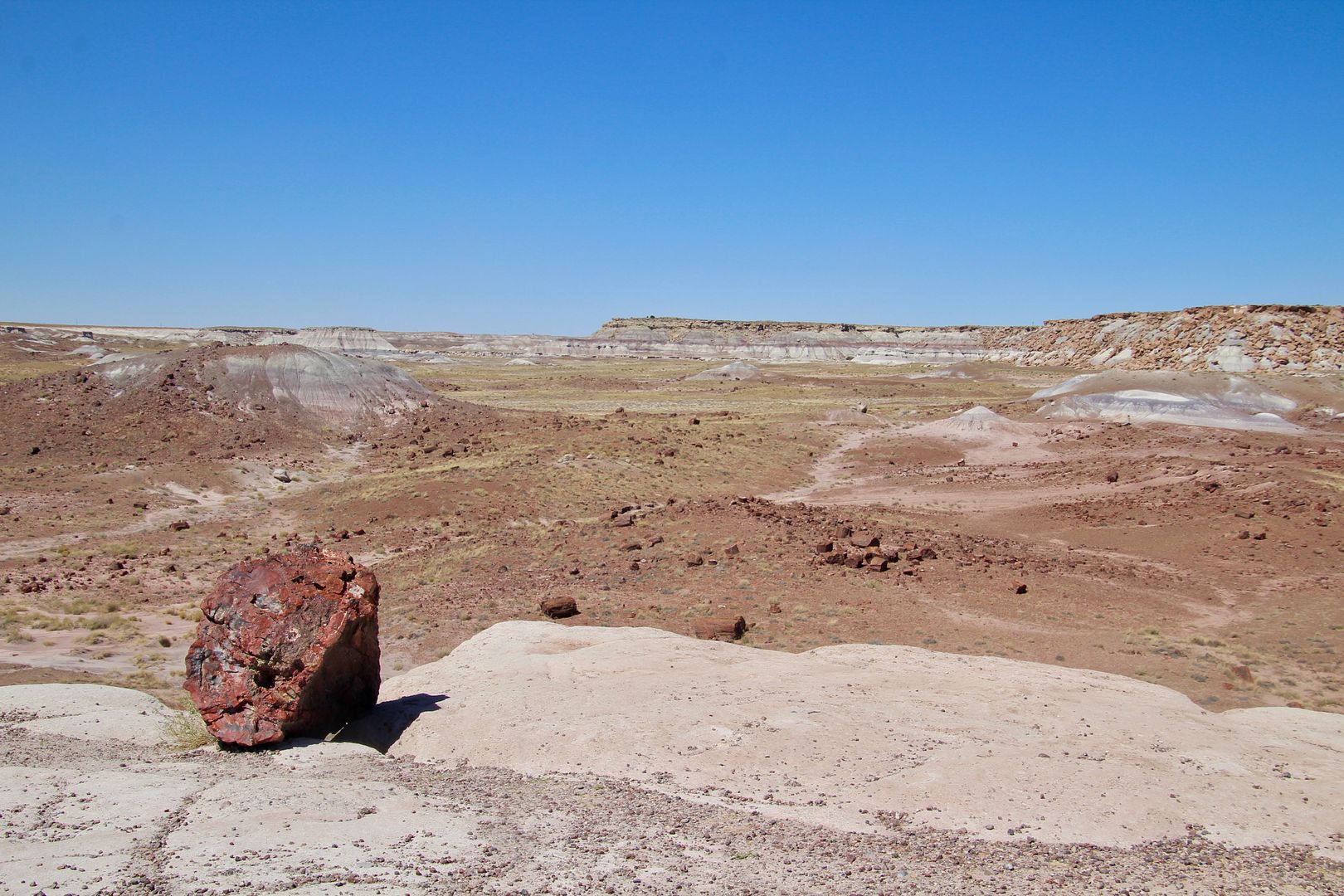
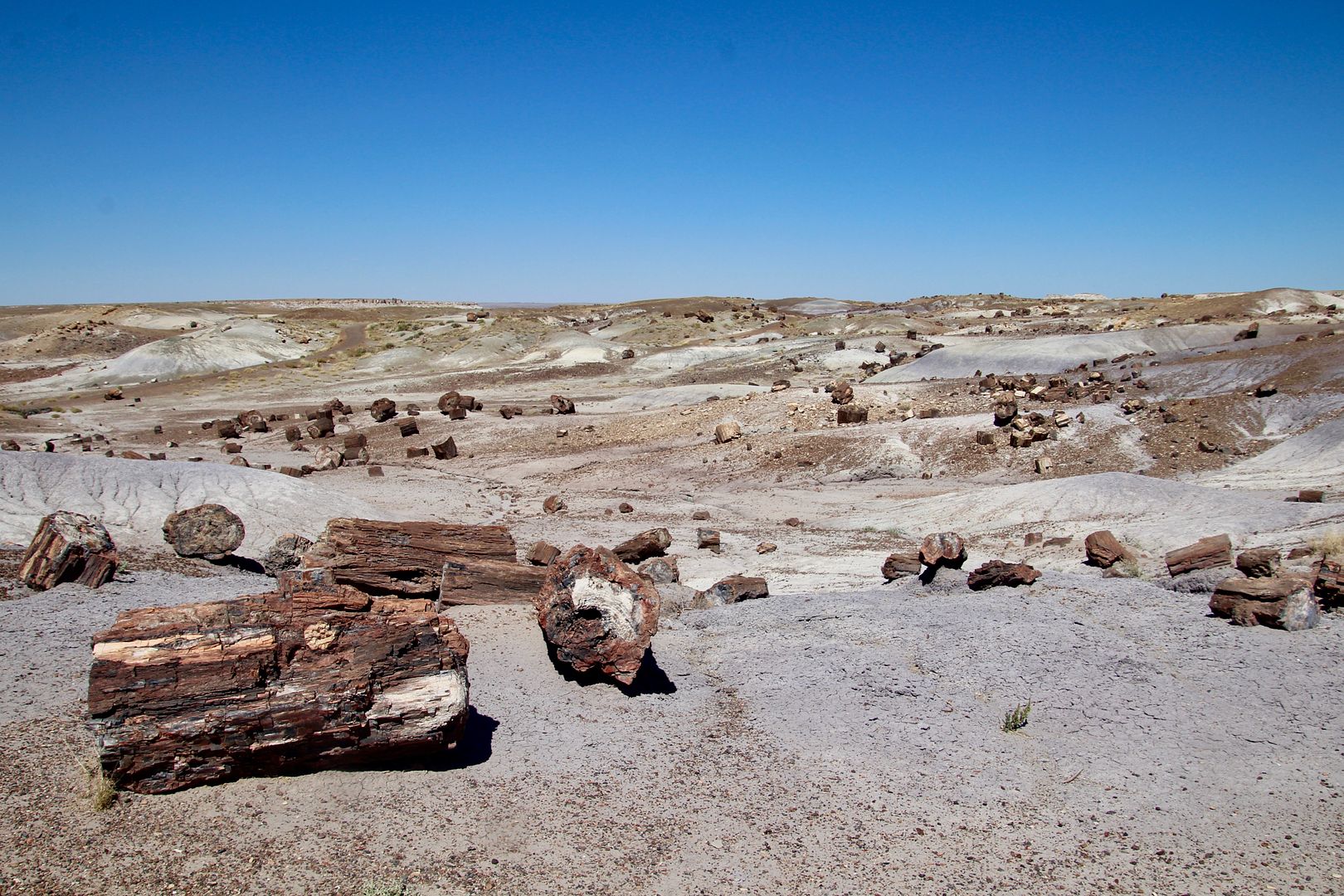
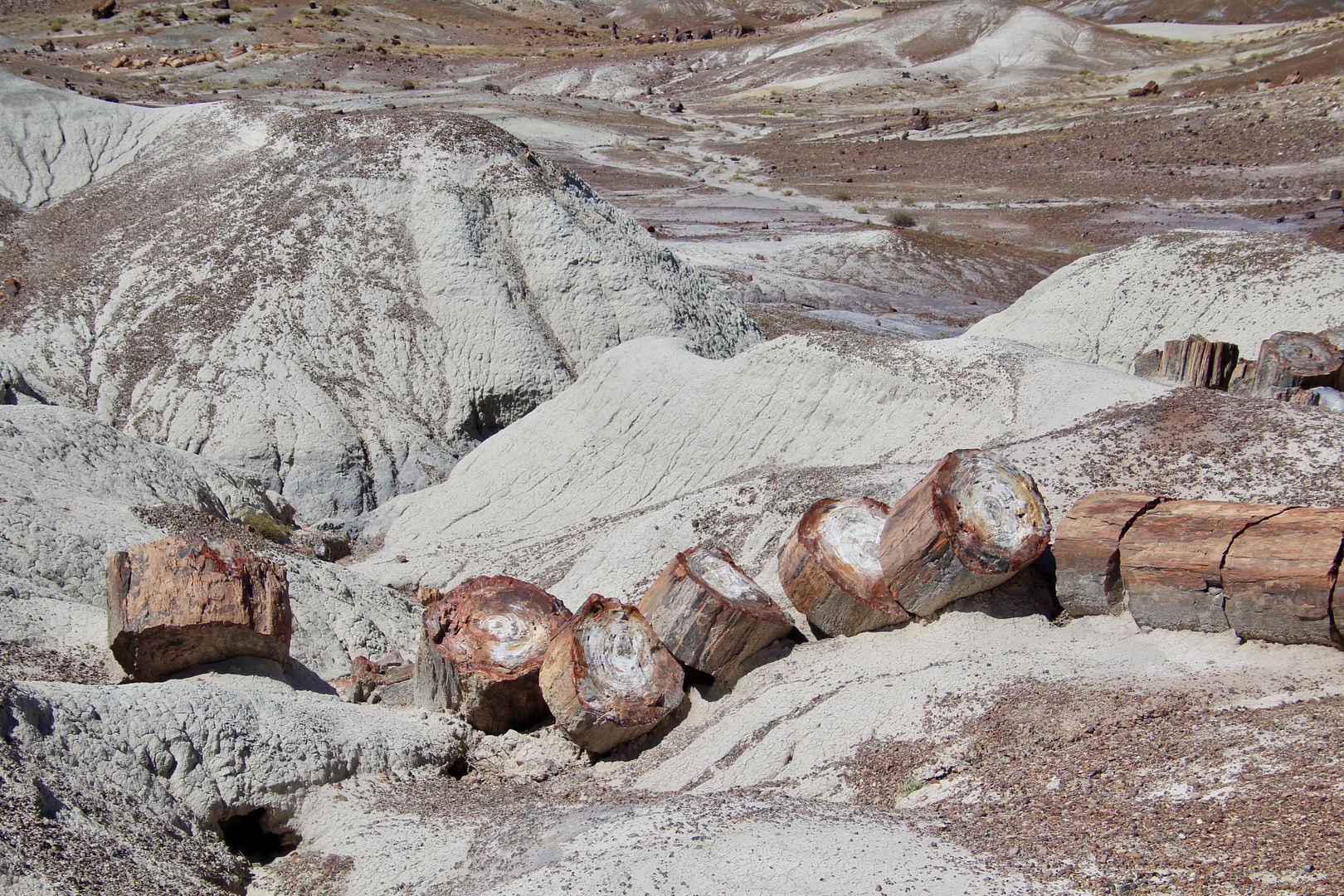

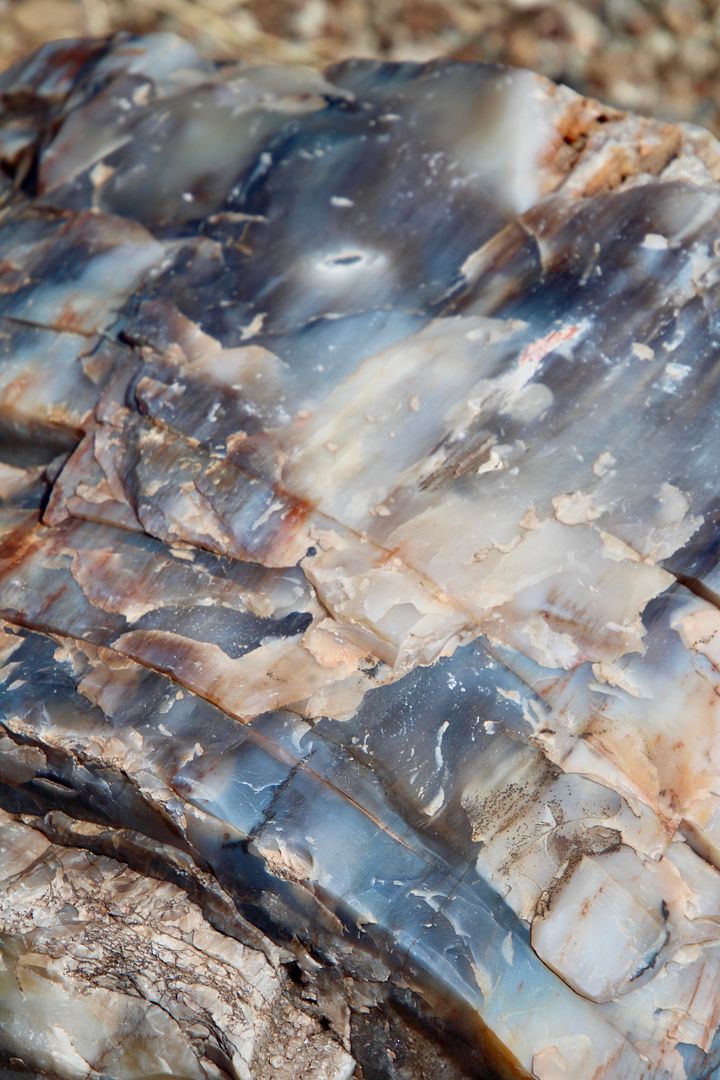
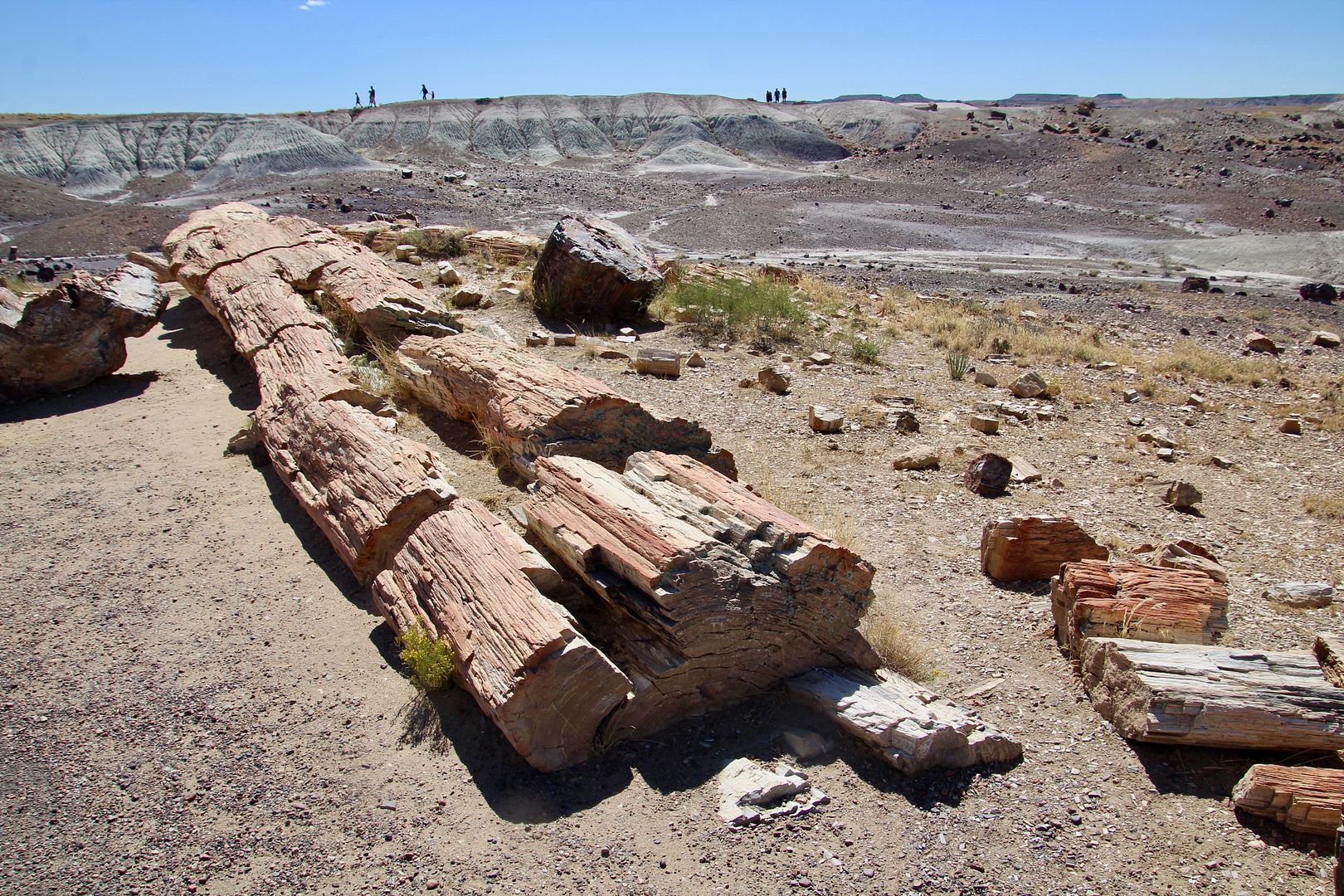
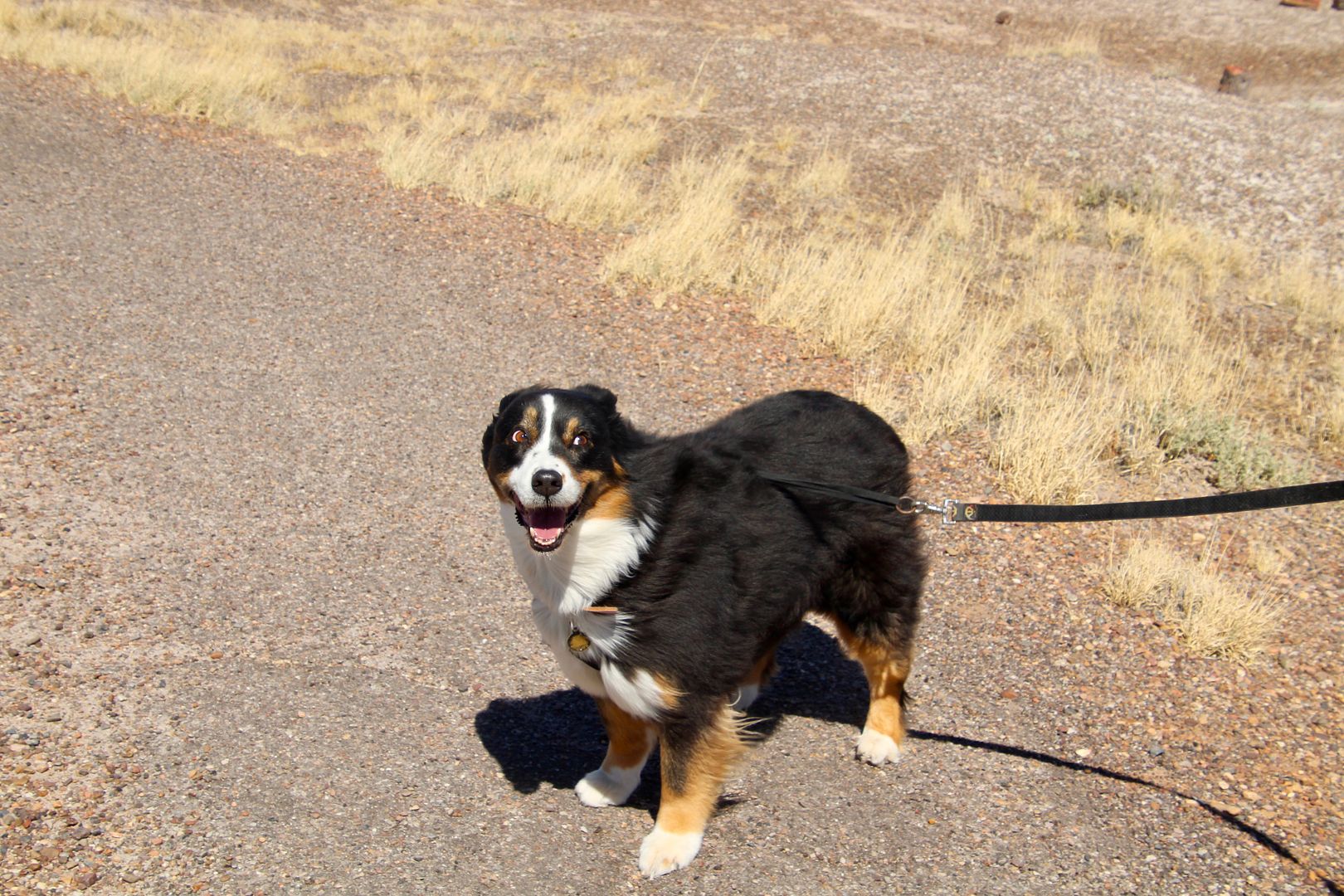

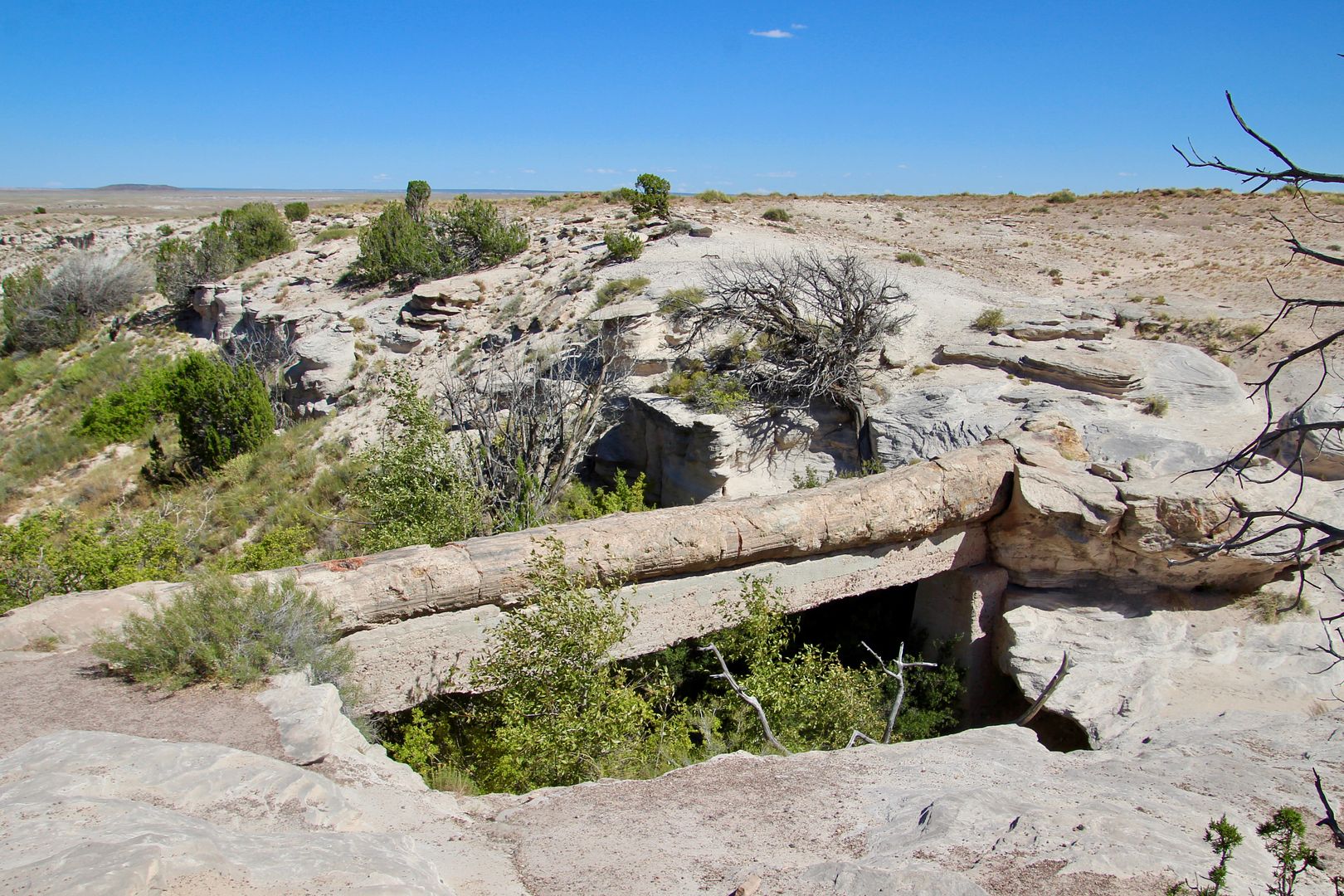
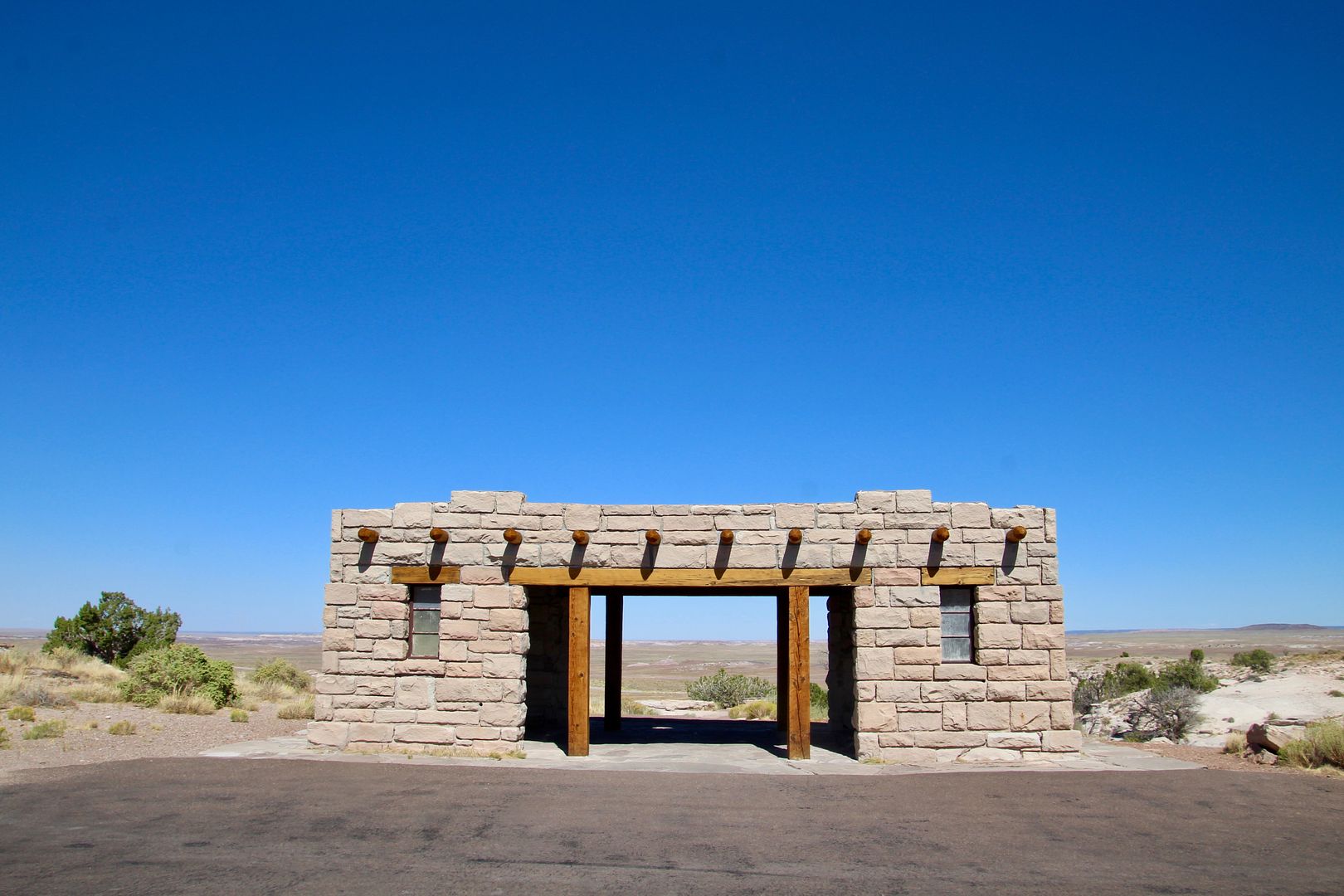
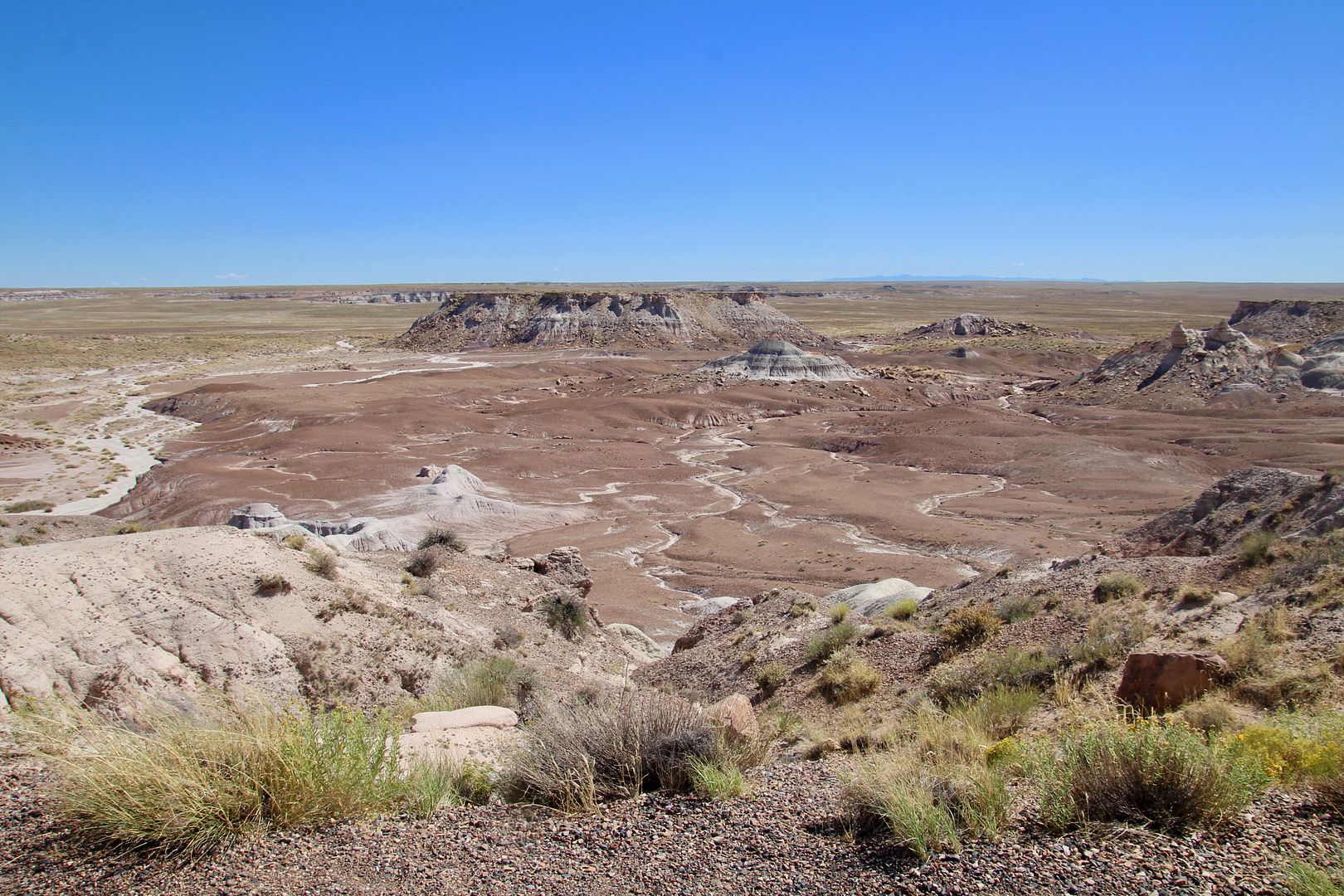


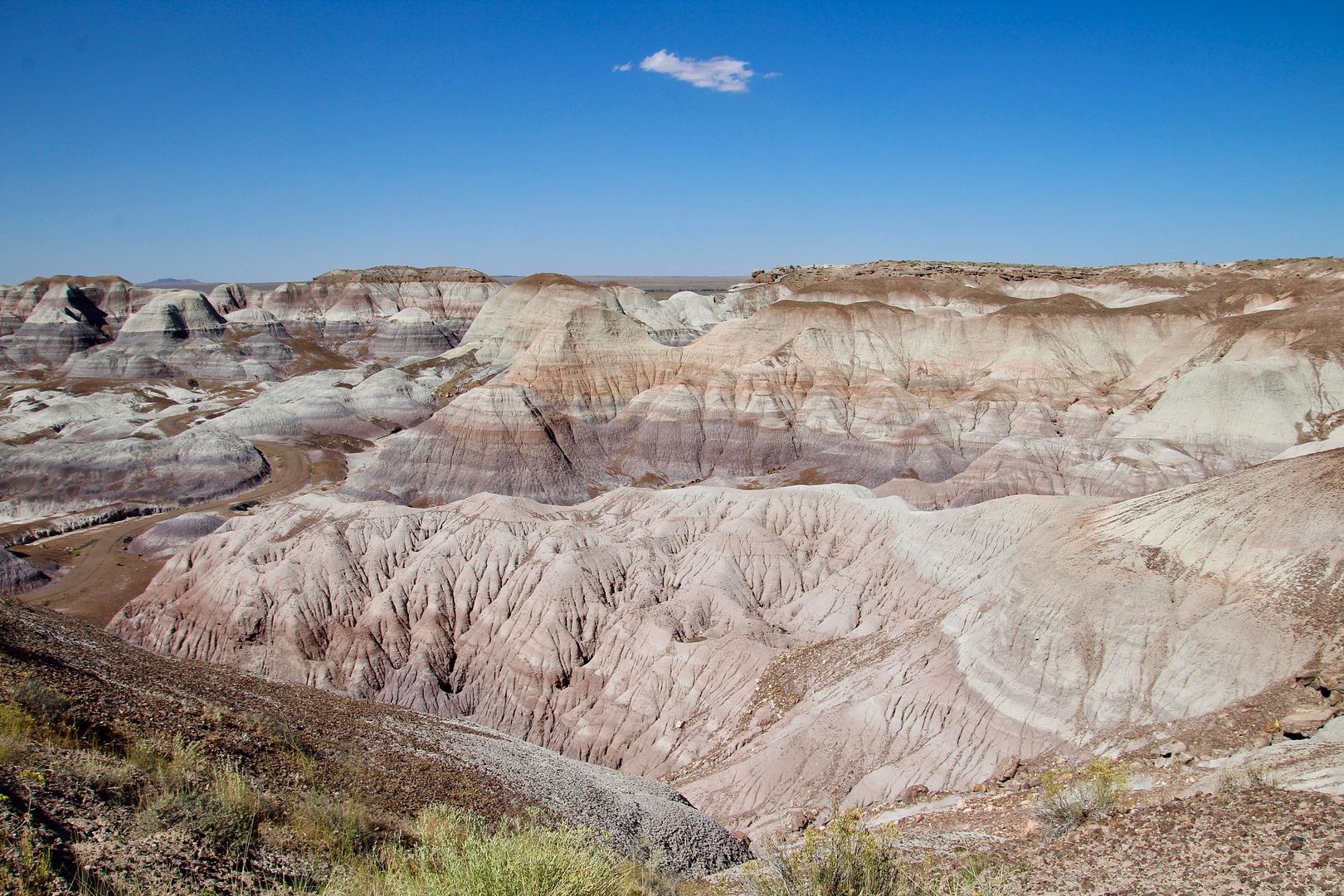

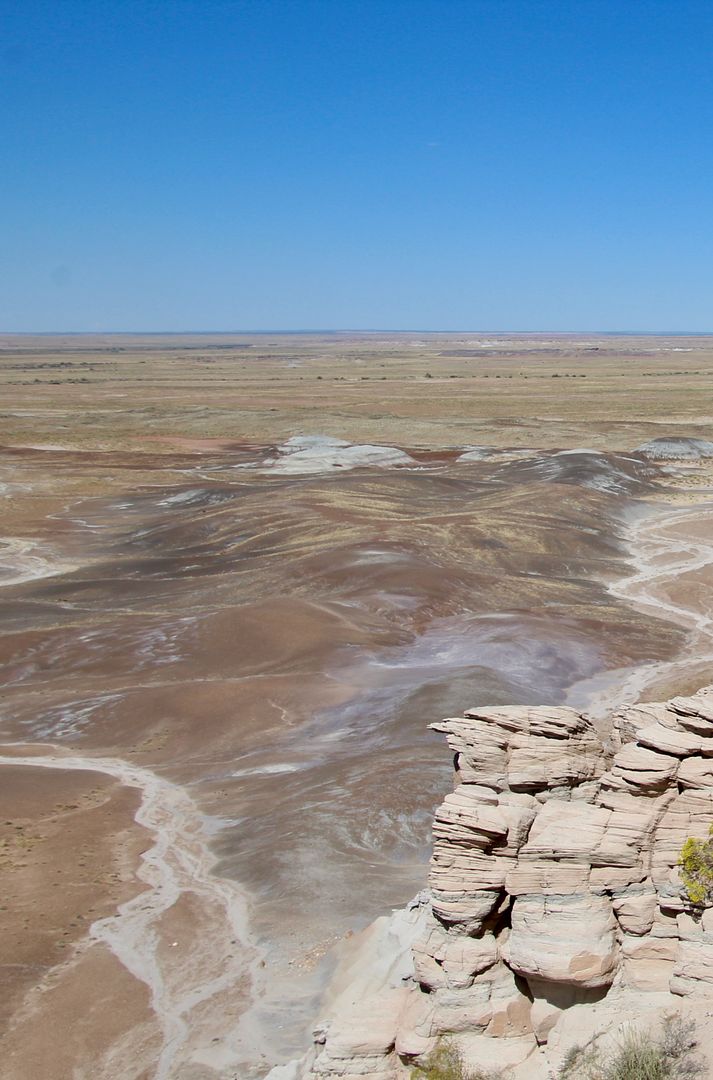
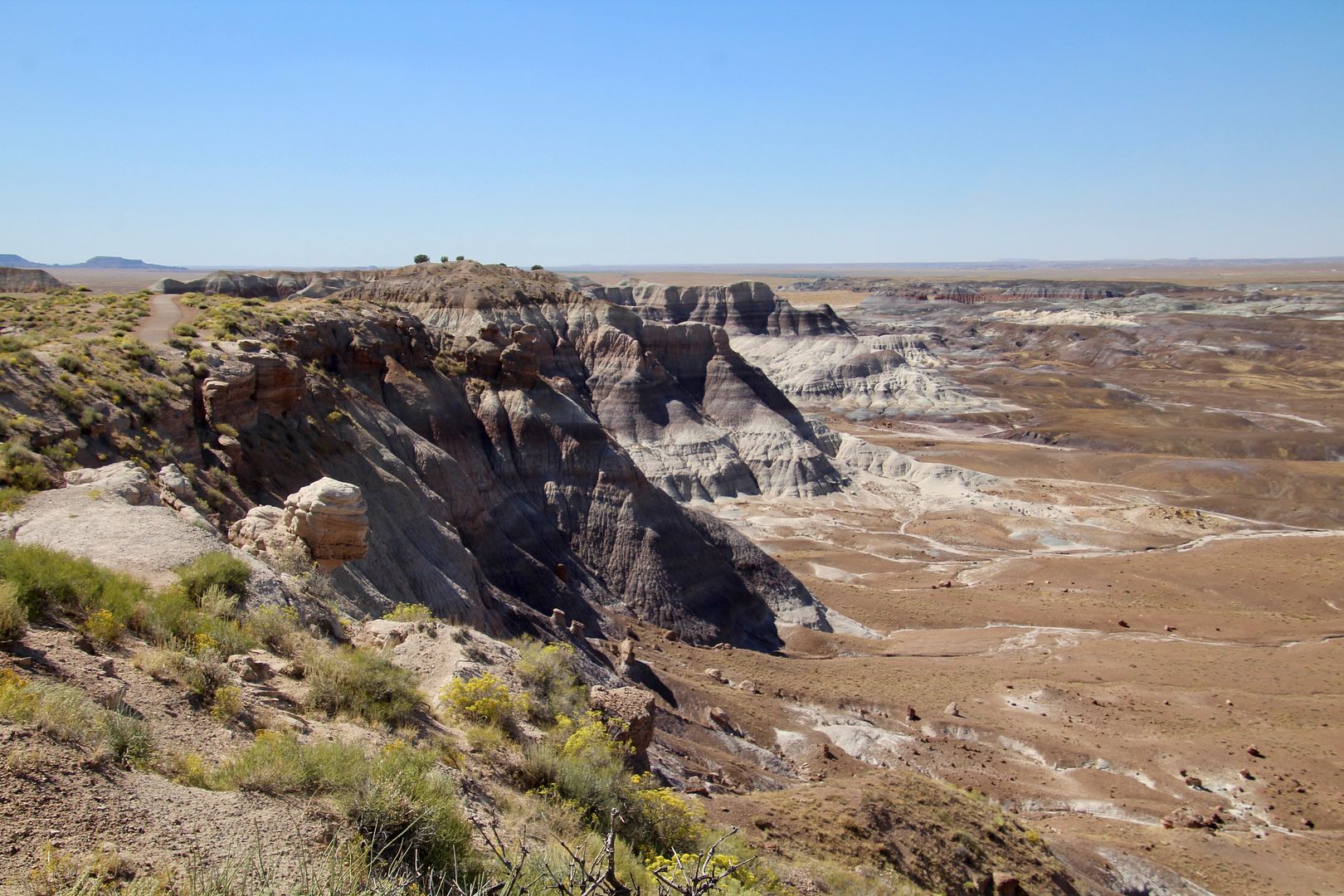
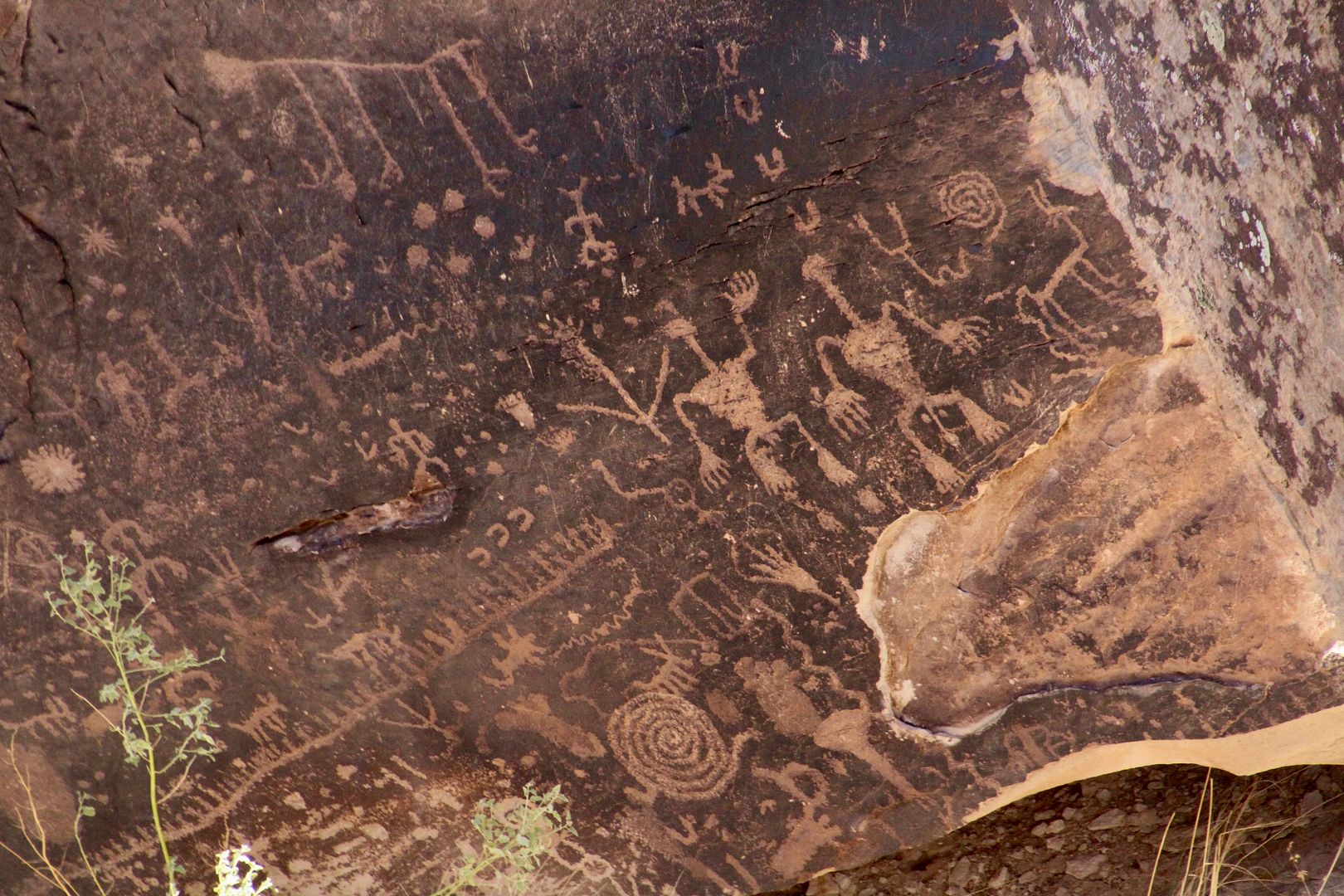

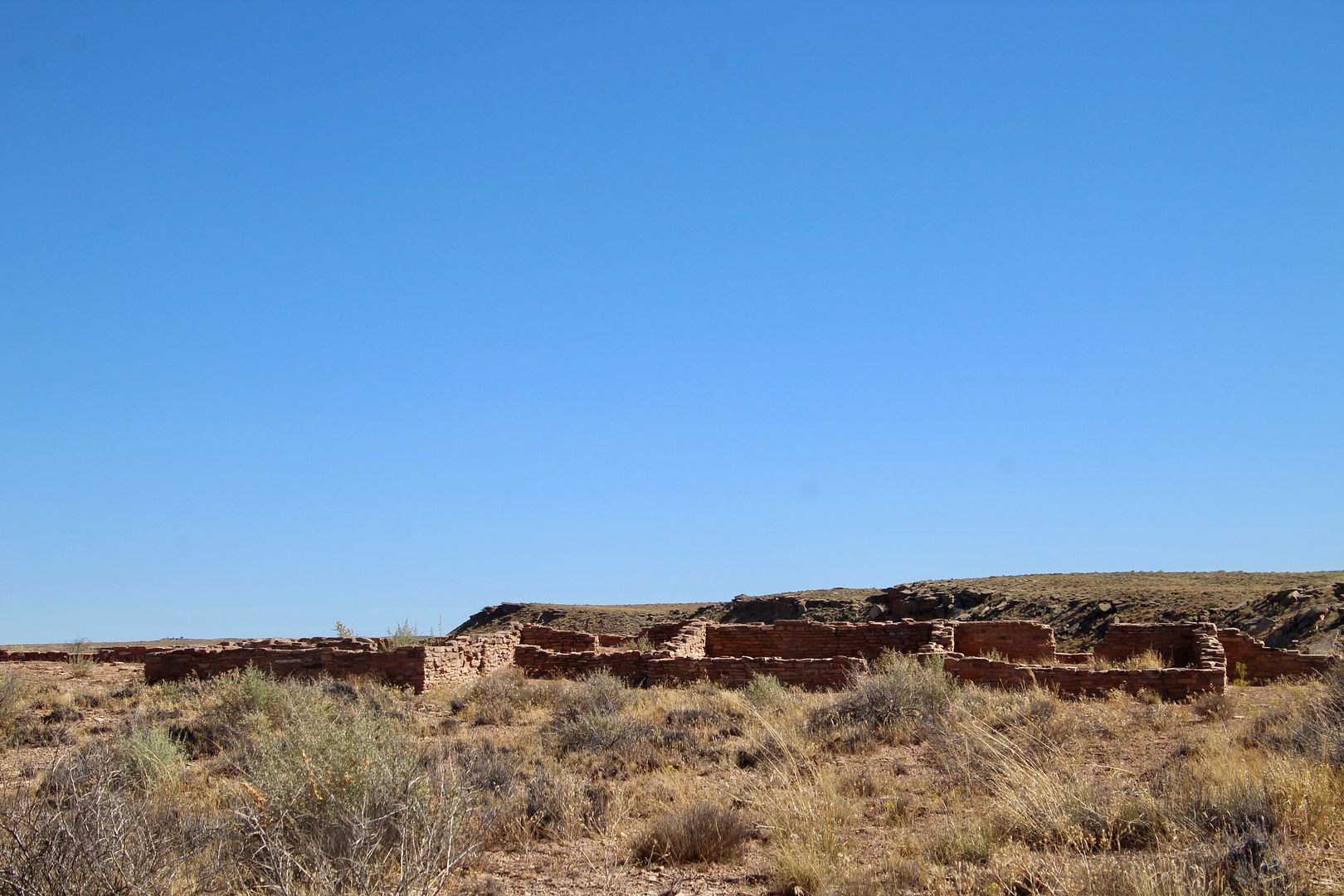
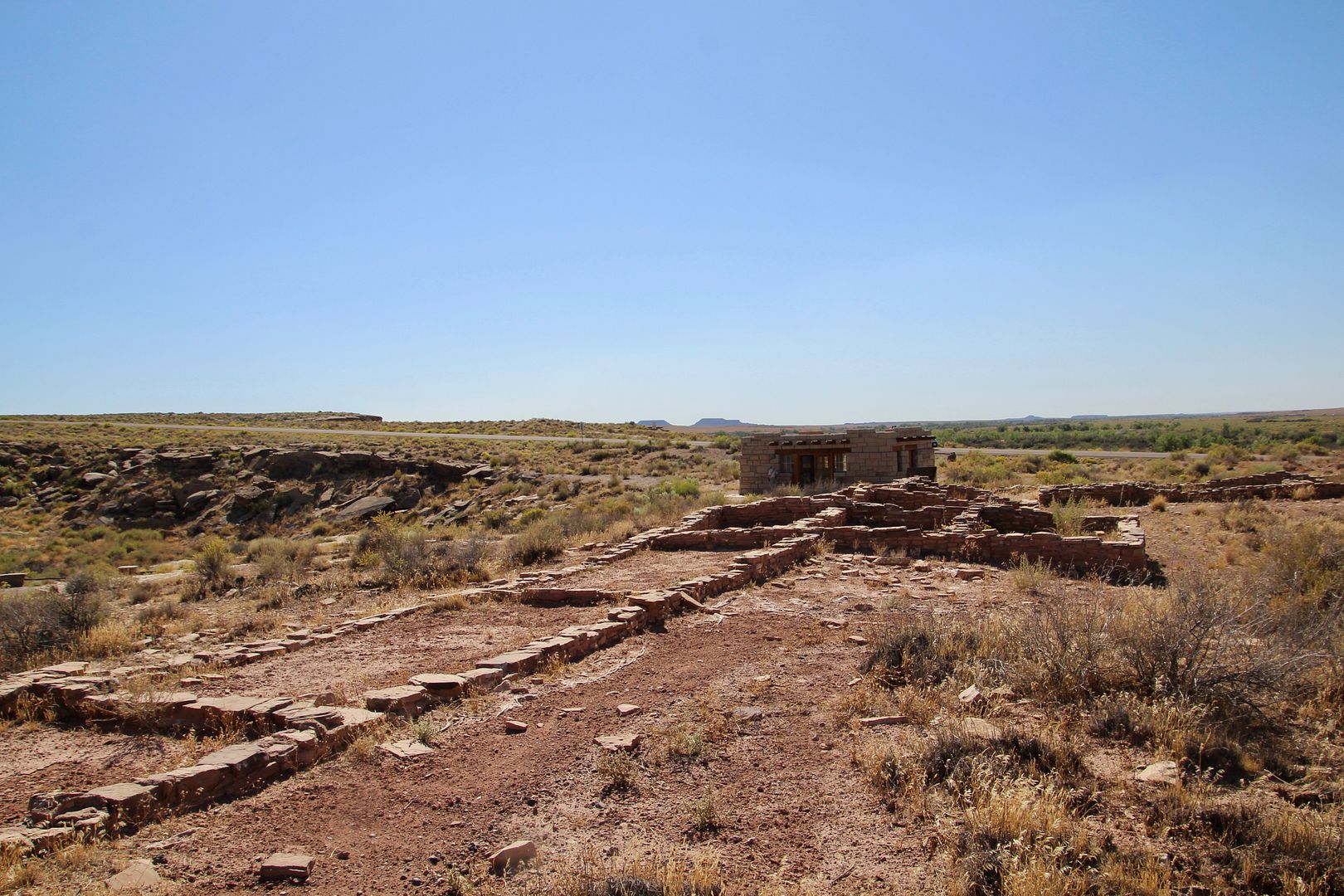
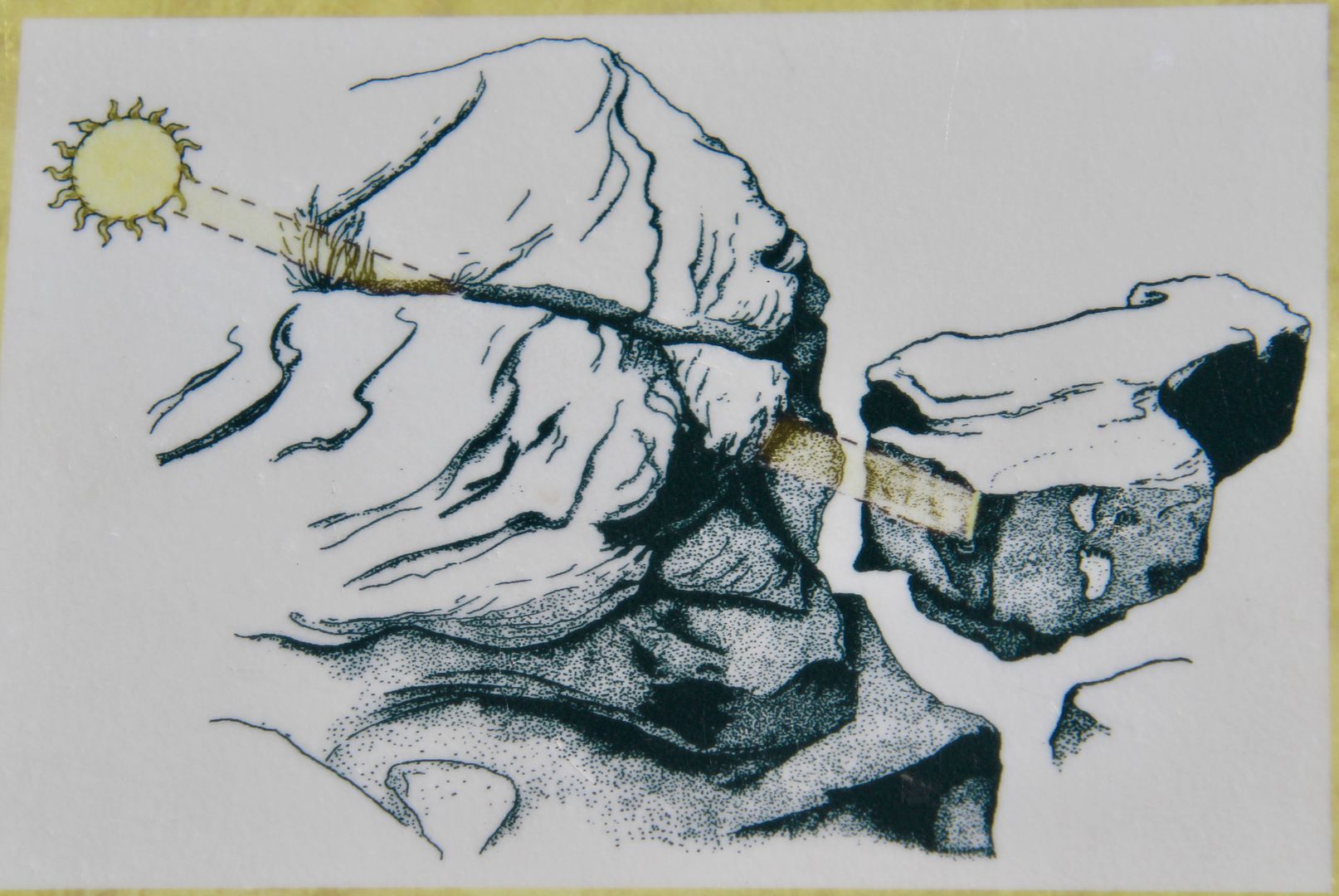
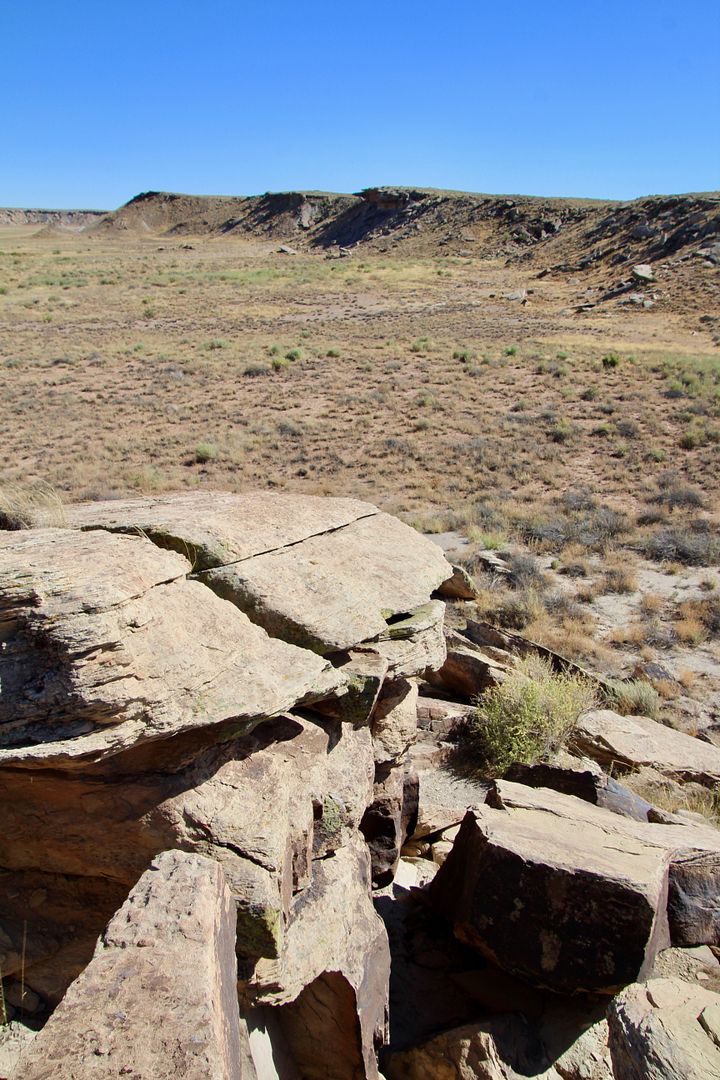
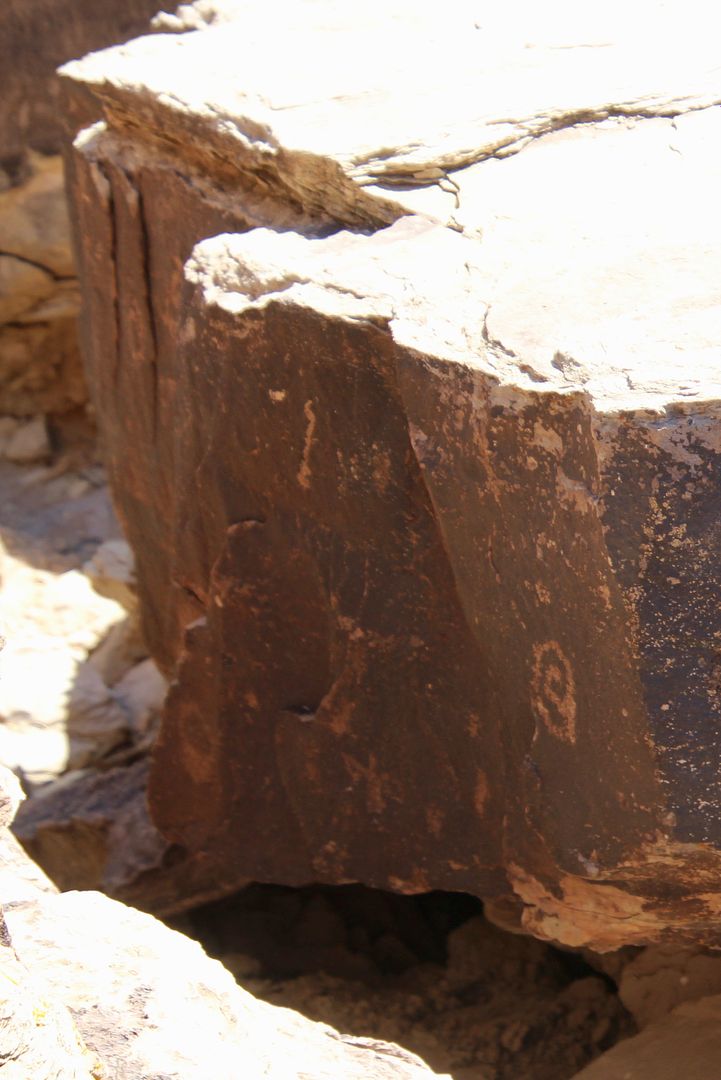
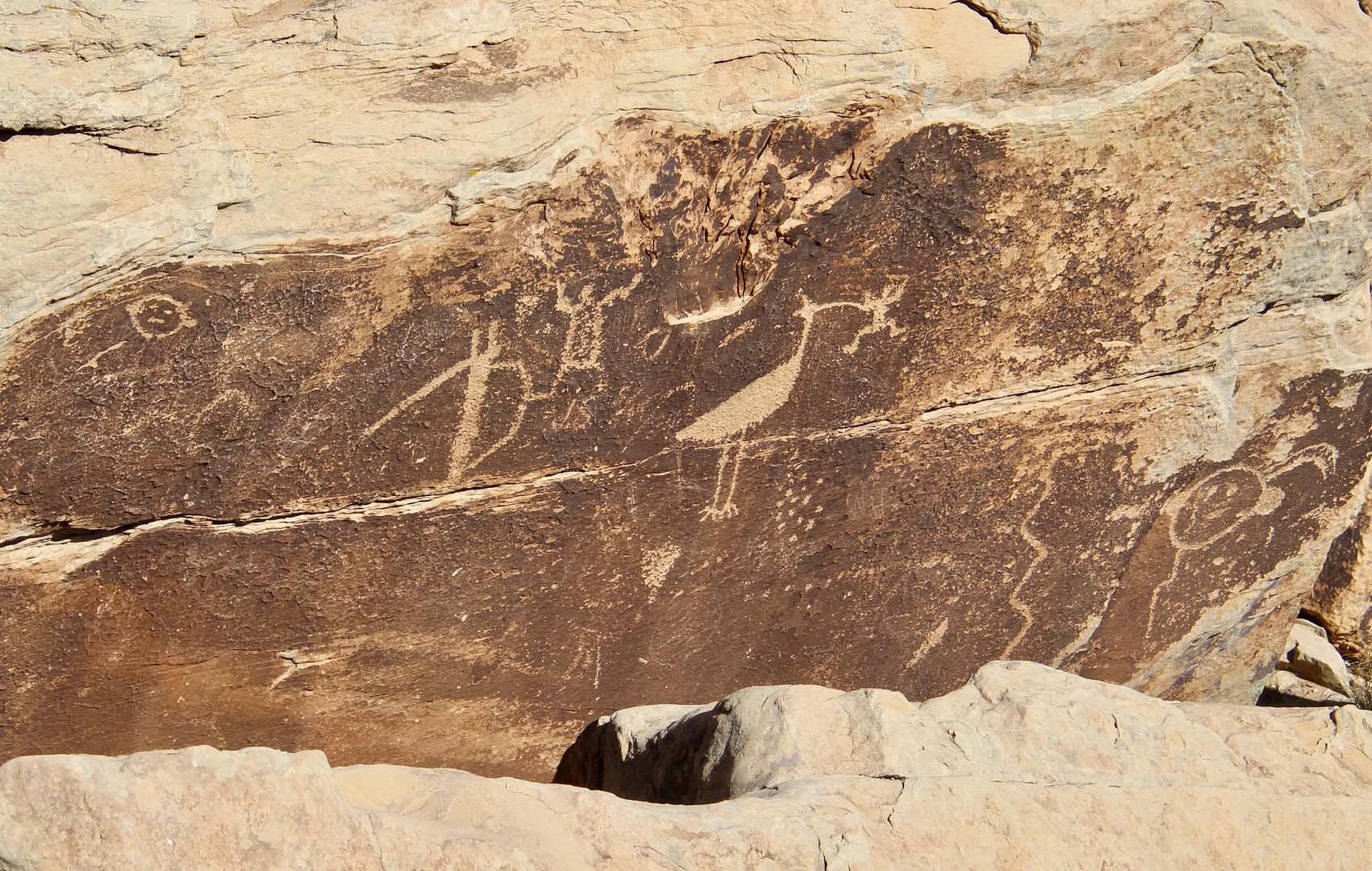
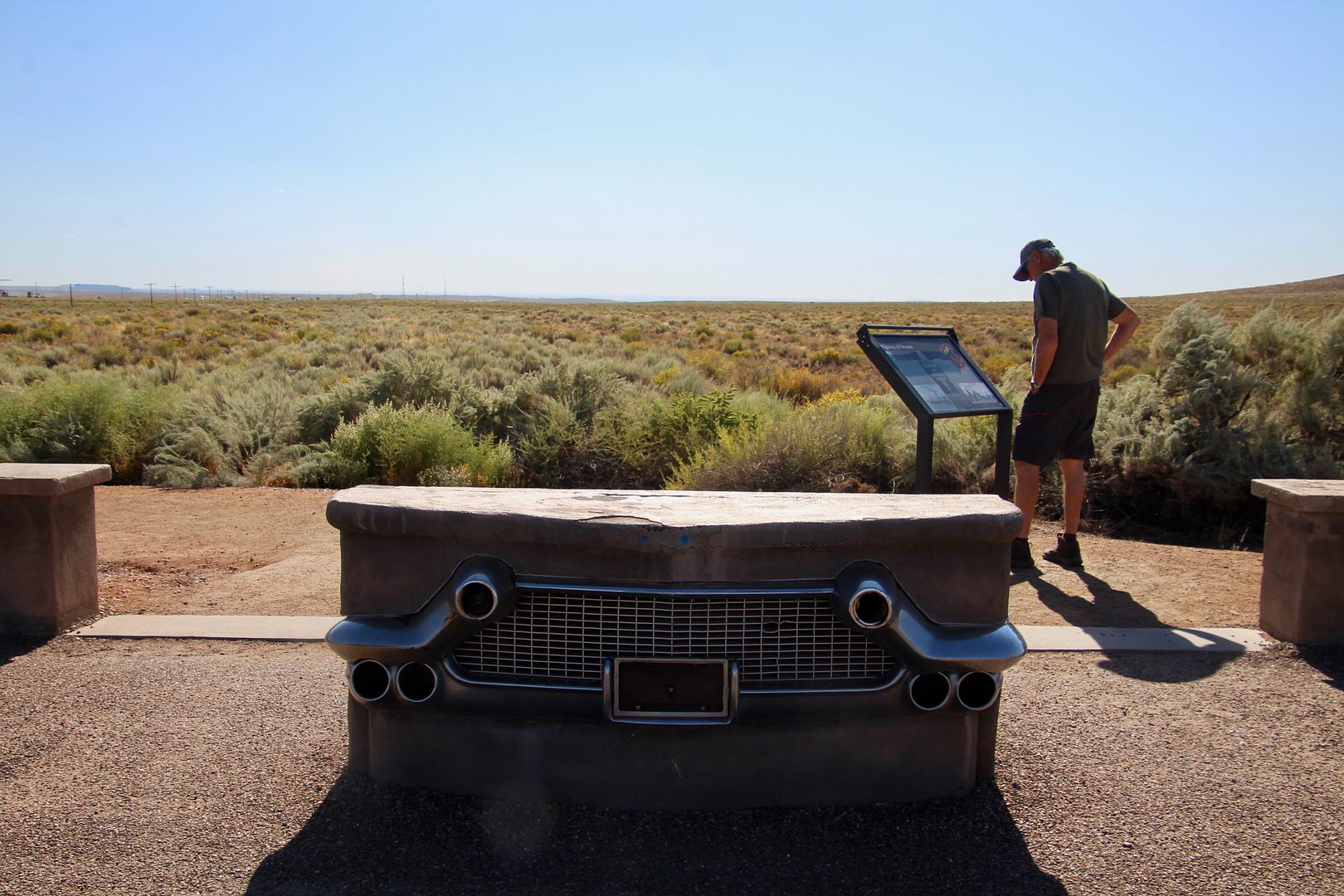
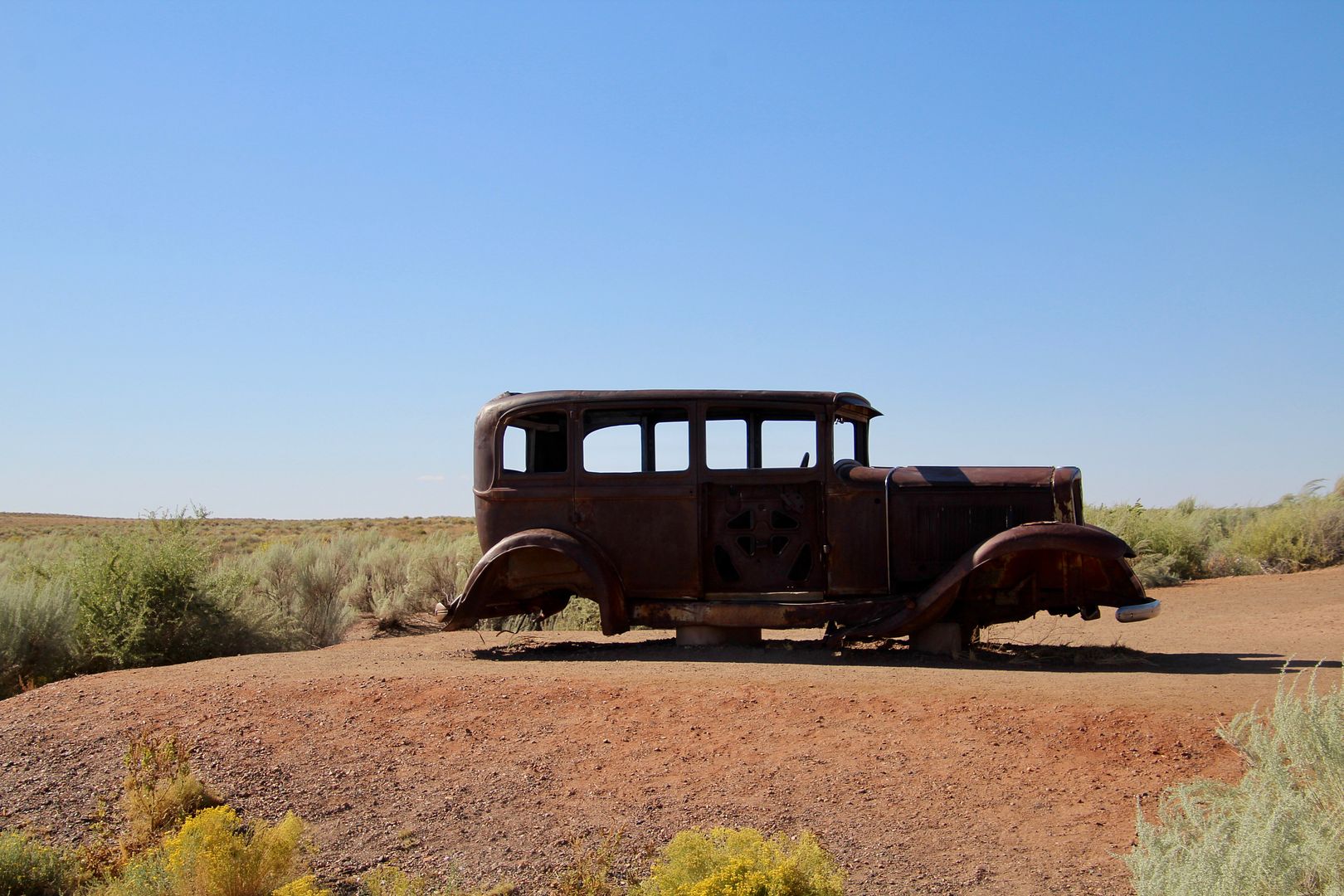
No comments:
Post a Comment